The evolution of the facial: the good, the bad and the bizarre facials throughout history
From ancient wellness rituals to modern facials that harness the latest tech advances


Facials can be traced back to ancient times - self-care has always been part of human behaviour in its various guises. But the evolution of the facial has been a fascinating journey, with innovations in technology playing a big role in shaping modern beauty treatments. While modern facials are often high-tech, we've also seen a return to ancient wellness rituals with a renewed emphasis on holistic health.
"Clinic facials have become one of the most significant shifts in the aesthetics industry in the past few years," Dr Tiina Meder, renowned cosmetic dermatologist and founder of Meder, explains. "They’re no longer just an occasional pampering treat, but a whole new category of treatment, alongside injectables or lasers.
"For the patient, it’s like having a personal trainer for your skin: regular check-ins, targeted adjustments, and visible progress. For clinics, it brings the predictability of gym memberships, and that’s why you see them everywhere now. With a monthly clinical facial, you can often give up aggressive at-home exfoliation, devices, or complicated 10-step skincare routines. Instead, you get targeted skin work, professional-grade formulas, and results you can sustain."
So what constitutes a good facial? Dr Tiina says it must be "safe for most skin types, evidence-based, and powerful over time". She continued, "Modern facials are designed to be safe enough to have every month, but effective enough to deliver visible, cumulative results -without damaging the skin barrier."
We delve into the evolution of the facial, with expert advice on which facials will give the best results for your skincare concerns.
The good, the bad and the bizarre facials throughout history
The fermented milk facial
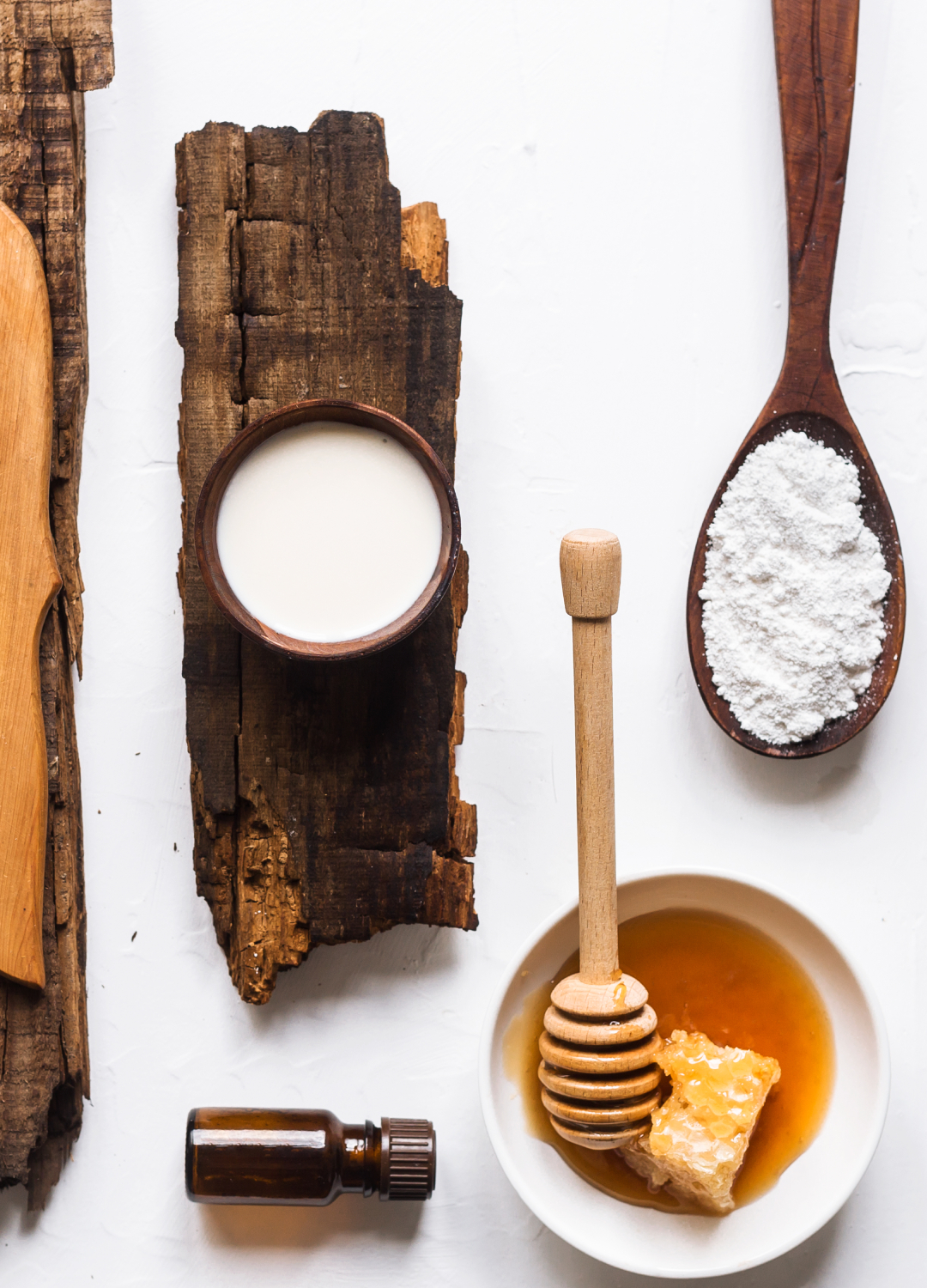
Primitive facials relied on ingredients that could be sourced locally, such as herbs, oils, mud and clay, and simple massage techniques to stimulate blood flow.
"One of the oldest facials known in history is the milk and honey facial, famously used by Cleopatra, the queen of ancient Egypt," Selim Vural, Scientific Communication Scientist from Oriflame, tells us. "This ancient treatment combined fresh milk (often sour or fermented) and raw honey to gently exfoliate, hydrate, and soften the skin. The lactic acid in milk acted as a natural AHA to remove dead skin cells, while honey provided moisture and soothing benefits thanks to its humectant and antimicrobial properties."
Sign up to our free daily email for the latest royal and entertainment news, interesting opinion, expert advice on styling and beauty trends, and no-nonsense guides to the health and wellness questions you want answered.
But there is some scepticism around the effectiveness of historic facials. Dr Lauren Wells, a GMC-registered medical doctor with a background in NHS general practice and advanced aesthetic medicine, tells us: "Earlier facials tended to focus on massage, scented creams, and clay or cream masks. While these could feel pampering, they rarely delivered results beneath the skin’s surface. In some cases, heavily fragranced products or harsh cleansing could strip the skin barrier, leaving it more irritated than improved."
Lymphatic drainage facials
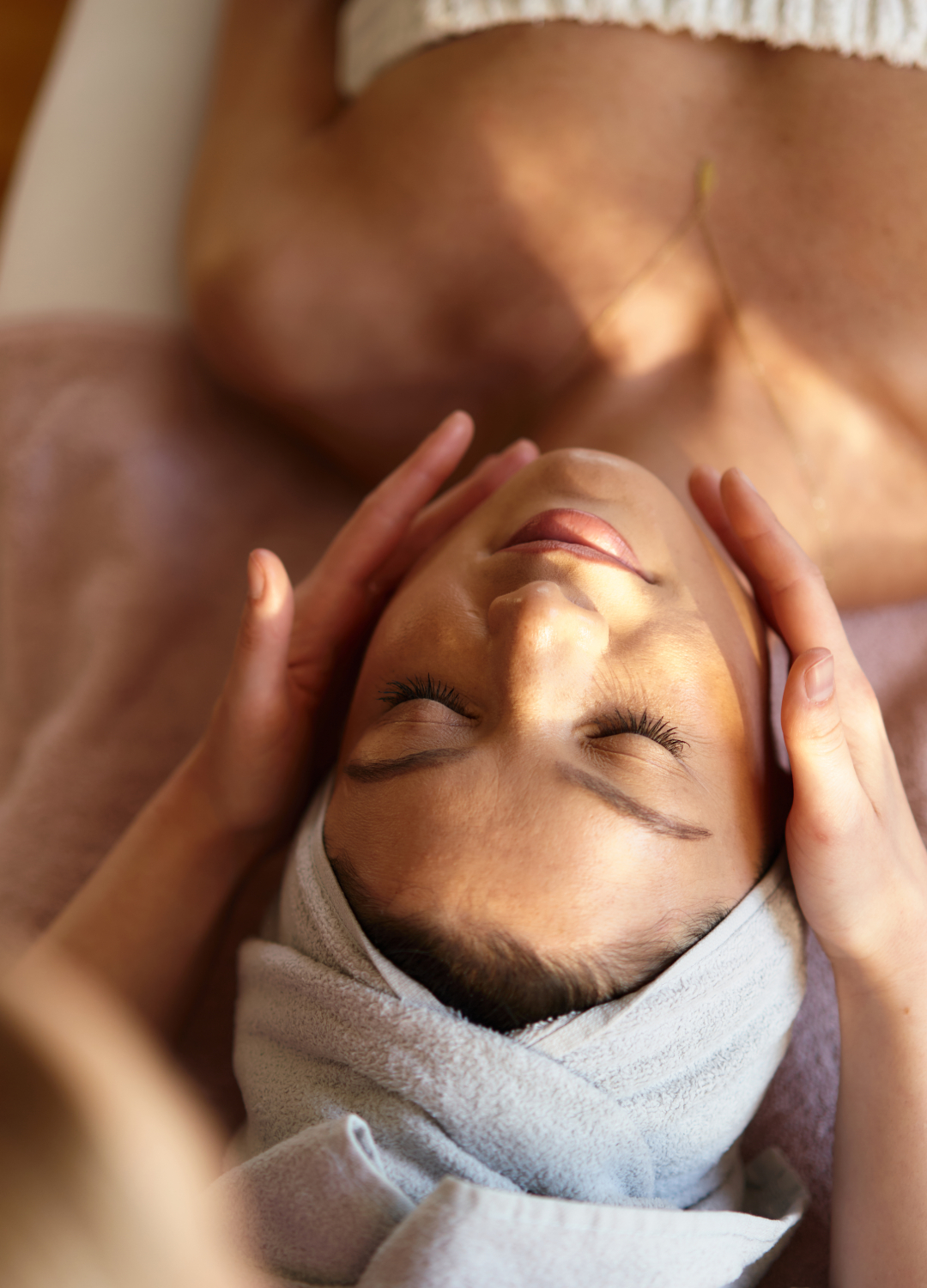
While lymphatic drainage has seen a resurgence in popularity, it's an ancient technique that has been used for centuries.
"Lymphatic drainage might sound like the latest self-care trend, but it’s been around for ages. The version we use today was developed in the 1930s by a smart and intuitive Danish couple, Emil and Estrid Vodder," Olivia Ferrary & Georgie Wright, founders of Shape House, tell us.
"They realised that gentle, rhythmic massage helped their clients with chronic congestion and low immunity, and Manual Lymphatic Drainage (MLD) was born. But even before that, ancient healing systems like Ayurveda and Traditional Chinese Medicine were all about movement, detoxification, and flow. Touch has always been powerful."
Avuyerdic facials
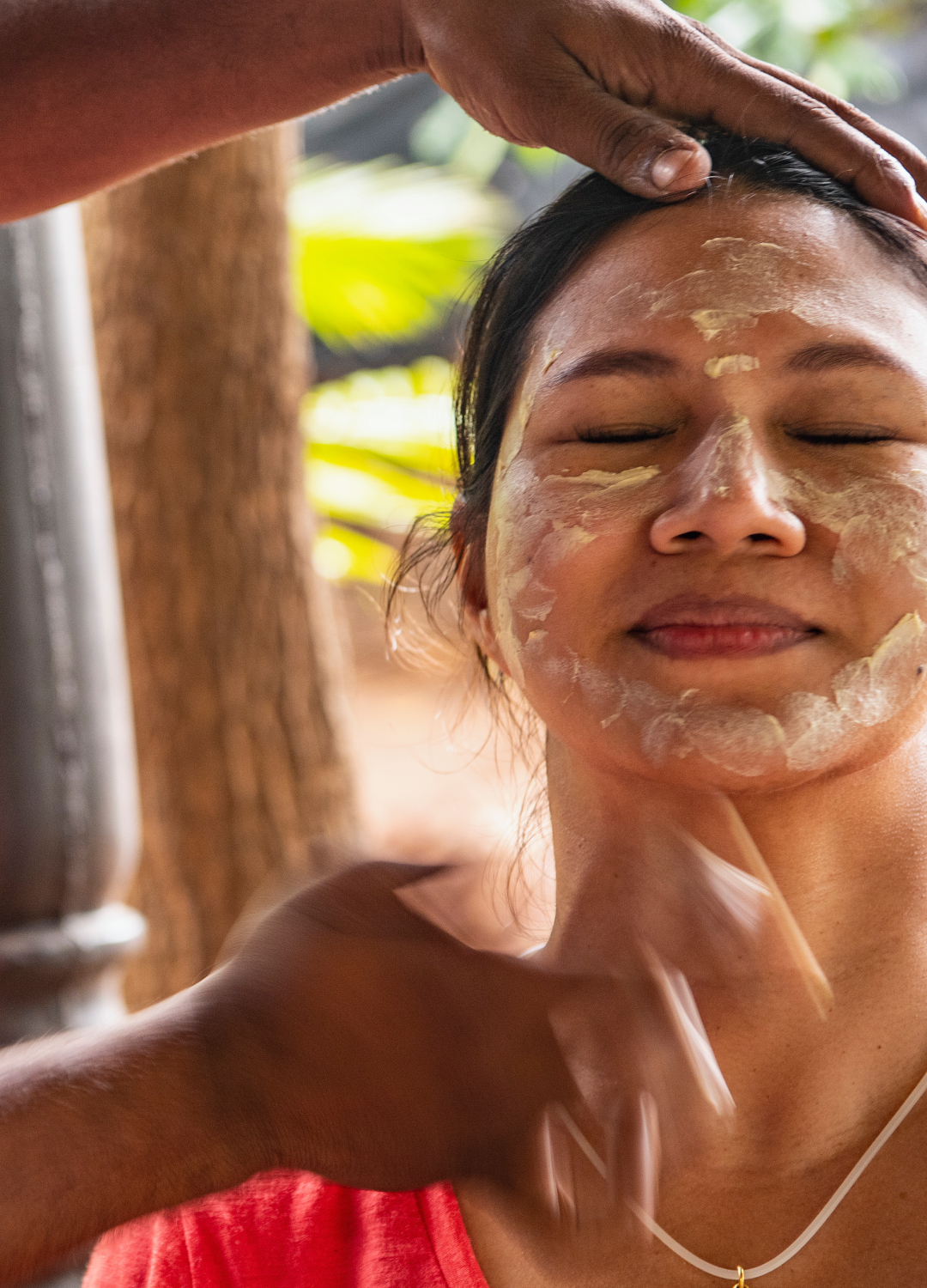
An Avuyerdic facial will also often incorporate elements of lymphatic drainage, but another key element is the use of powerful herbs, which are infused into oils. These oils will sometimes be poured over the forehead for relaxation as part of the treatment, or simply used as a massage oil.
"Ayurveda, originating in India over 3,000 years ago, is one of the world's oldest holistic healing systems," leading lymphatic drainage expert Dimple Armani tells us. "Based on the belief that health and wellness depend on a delicate balance between the mind, body, and spirit, it aims to promote good overall health, naturally. In Ayurveda, herbs play a crucial role. Popular ones include Ashwagandha for stress relief, Turmeric for its anti-inflammatory properties."
"An Ayurvedic facial is a targeted, age-defying facial ritual rooted in Ayurvedic techniques and natural actives. This treatment addresses the seven signs of ageing, helping to firm, nourish, and revitalise the skin," Wellness Expert & Co-Founder of Spa Ceylon, Shalin Balasuriya added.
Gua Sha
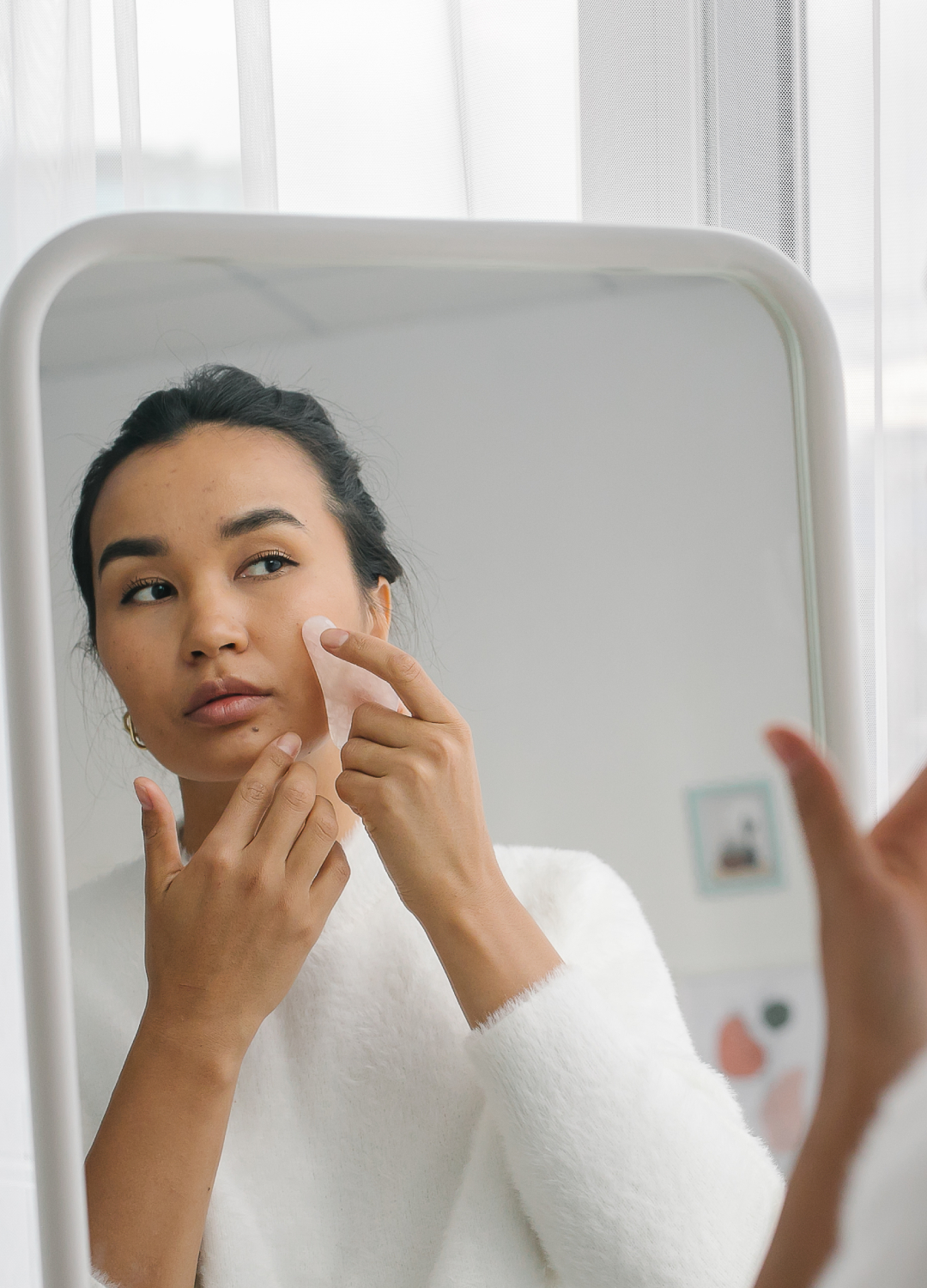
Gua Sha's origins date back to ancient China, but the facial treatment, either performed at home or by a professional, has seen a resurgence in popularity in recent years thanks to a boom on social media and renewed interest in holistic health. It's all about stimulating facial tissue to boost circulation, which in turn boosts collagen and stimulates the lymphatic and immune system.
Olivia Ferrary and Georgie Wright, founders of Shape House, explain, "At Shape House, we believe these old-school modalities still work because they’re based on deep truths about how our bodies thrive."
Cupping facials
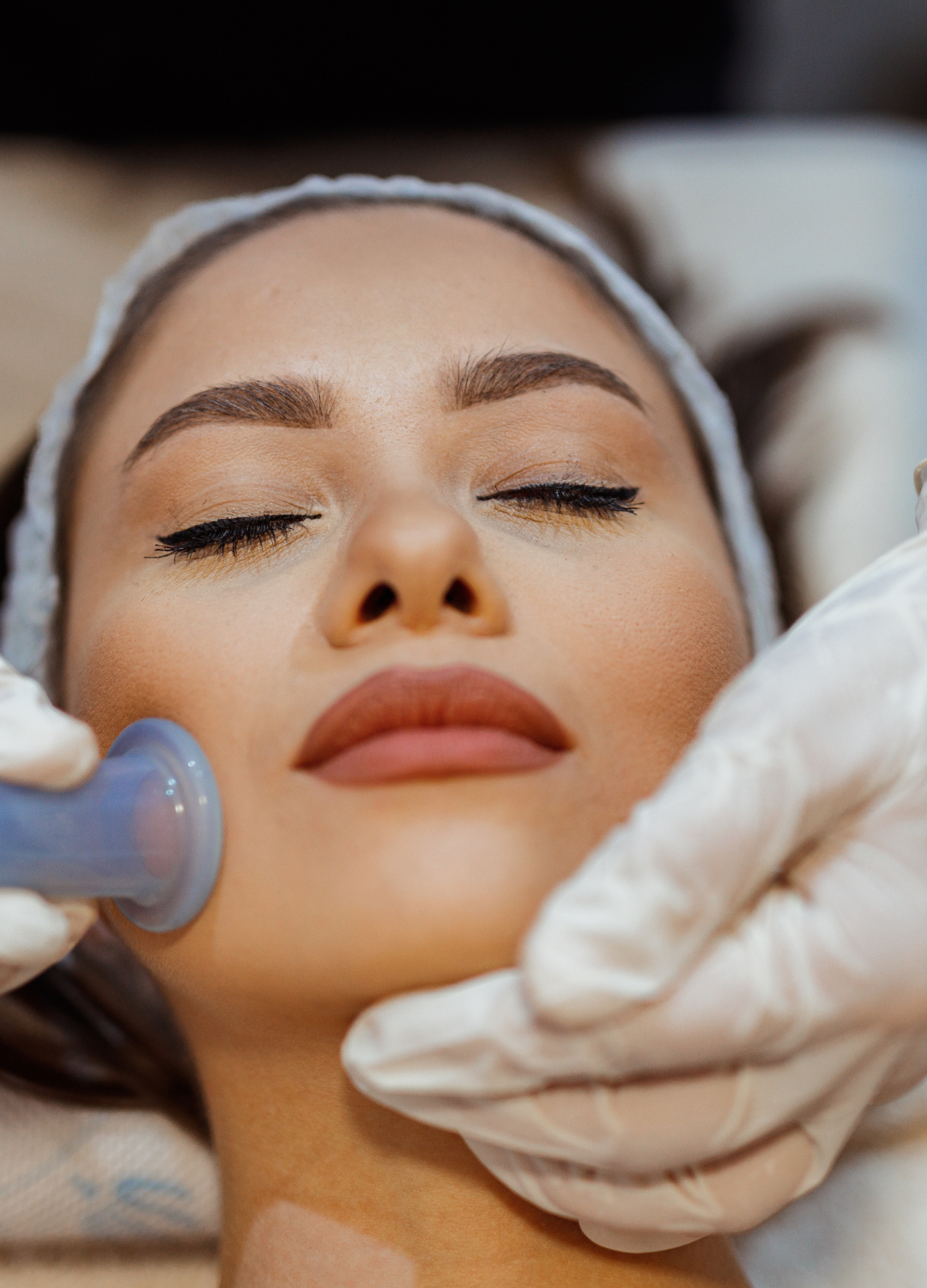
In many ways, we've seen a return to ancient wellness practices in recent times, with natural ingredients and techniques rooted in ancient cultures like lymphatic drainage, Gua Sha and cupping dominating beauty and wellness content on social media.
Cupping is another technique derived from ancient Chinese and Egyptian medicine and involves applying a tool for suction along facial contours to stimulate blood flow. It's also a popular body treatment and can aid relaxation as well as encourage detoxification in the body.
The 'classic' facial
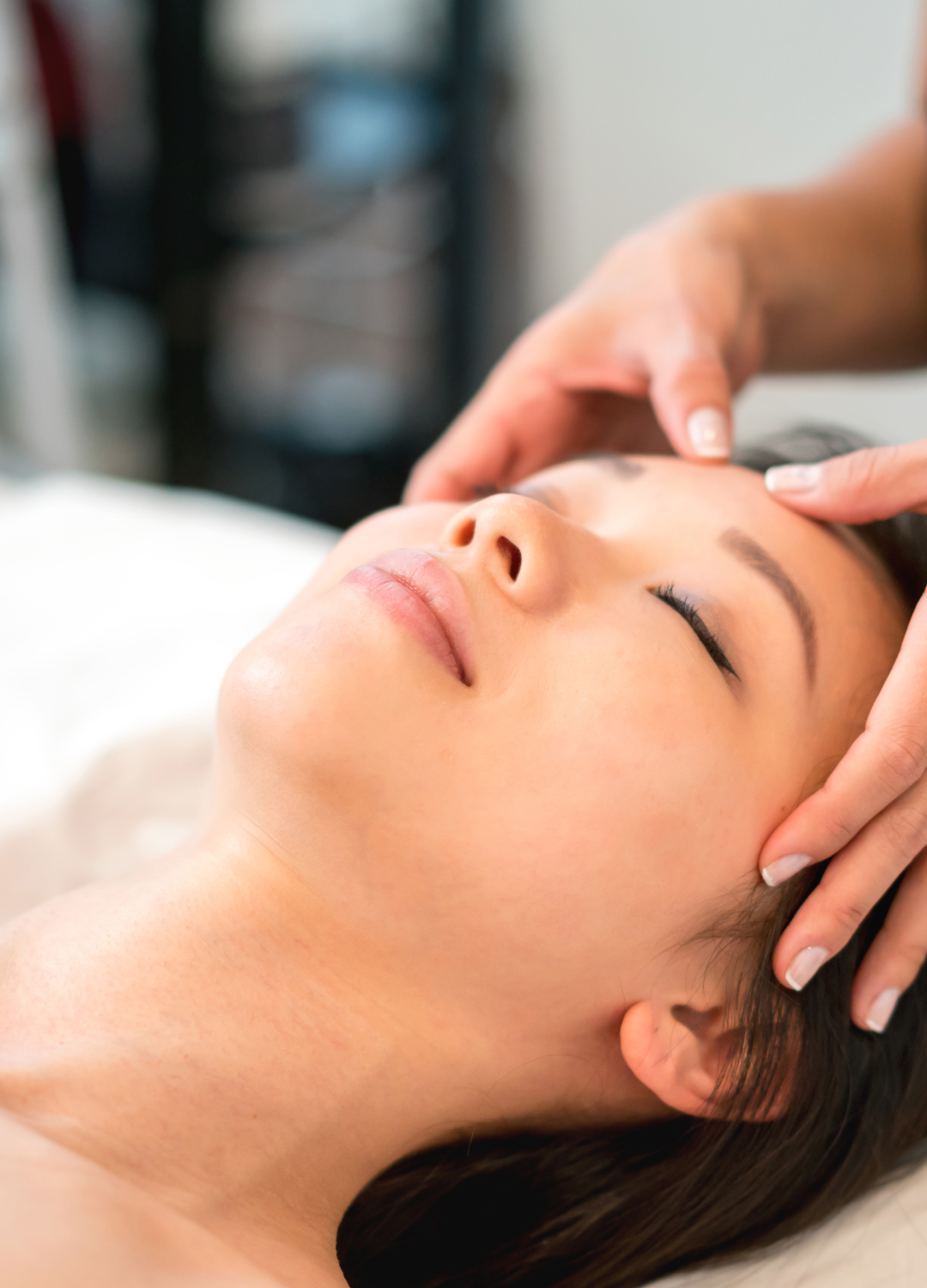
It is hard to pinpoint precisely when the 'classic facial' (consisting of cleanser, toner, exfoliation, a massage, mask and moisturiser, sometimes incorporating other elements like steam and extraction) began, but we do know it became popular in the early 20th century as a relaxing salon treatment.
Later, in the '70s and '80s saw a boom in the beauty industry and facial treatments further rose in popularity. Natural makeup was back in fashion, with many women rejecting the idea of full-painted faces for their day-to-day life in favour of a more minimal look with a renewed focus on good skin. The cosmetics industry also experienced a boom, with brands like The Body Shop (founded in 1979) putting a focus on more natural and ethically sourced products.
Microdermabrasion
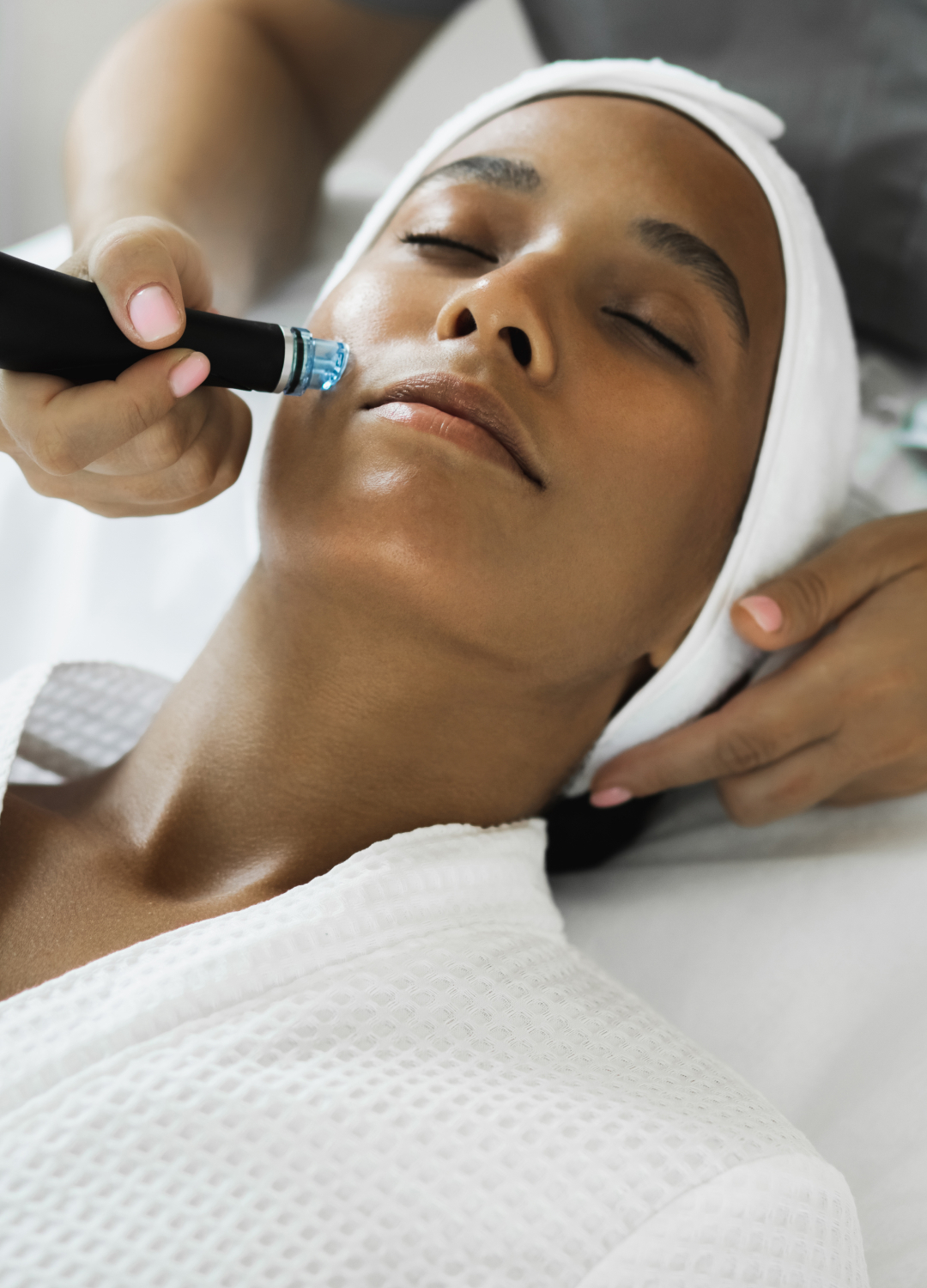
Microdermabrasion was first developed in Italy in the mid-1980s as a less harsh alternative to chemical peels. The process uses a tool with a rough surface, usually crafted from tiny crystals, to buff the skin gently.
"Exfoliation is a key part of any skincare routine, helping to remove dead skin cells and promote surface cell turnover for a brighter, more refreshed look," Selim Vural, Scientific Communication Scientist at Oriflame, explains. "At-home exfoliating facials typically use scrubs or acids to slough off the outer layer of skin, boosting the effectiveness of other skincare products."
Dermaplaning
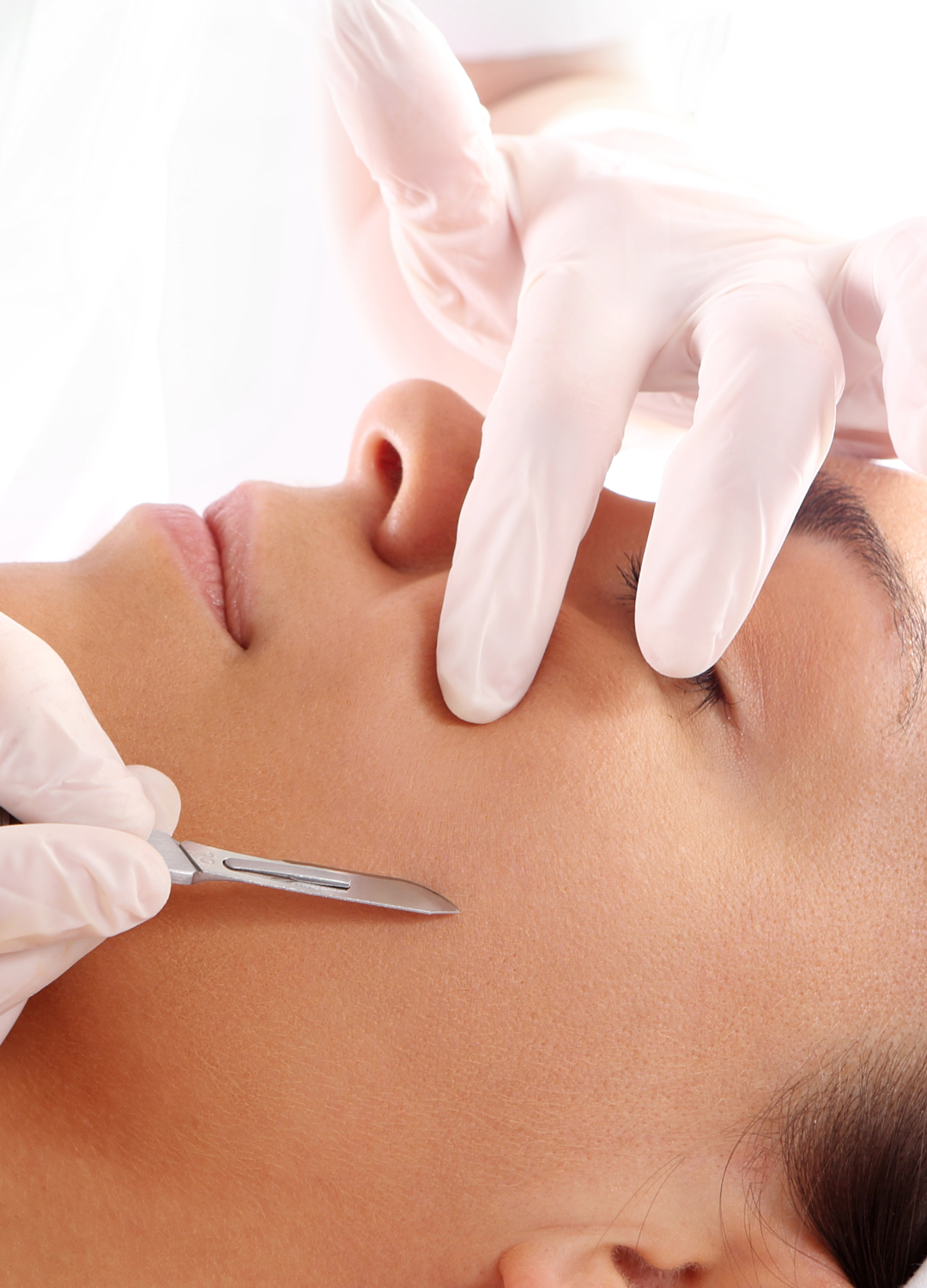
Dermaplaning, as an official skincare treatment, became popular in the 1970s as a way to treat acne, but the practice itself dates back to ancient Japan.
But while this treatment is popular for those looking for smoother, brighter skin, it's also a divisive treatment. "I personally avoid promoting trends like dermaplaning - scraping your skin with a blade is, to me, medieval," Dr Tiina Meder, renowned cosmetic dermatologist, explains. "Yes, it makes your skin smooth for a moment, but at what cost? I prefer technologies that work with skin physiology, not against it."
Hydrafacial
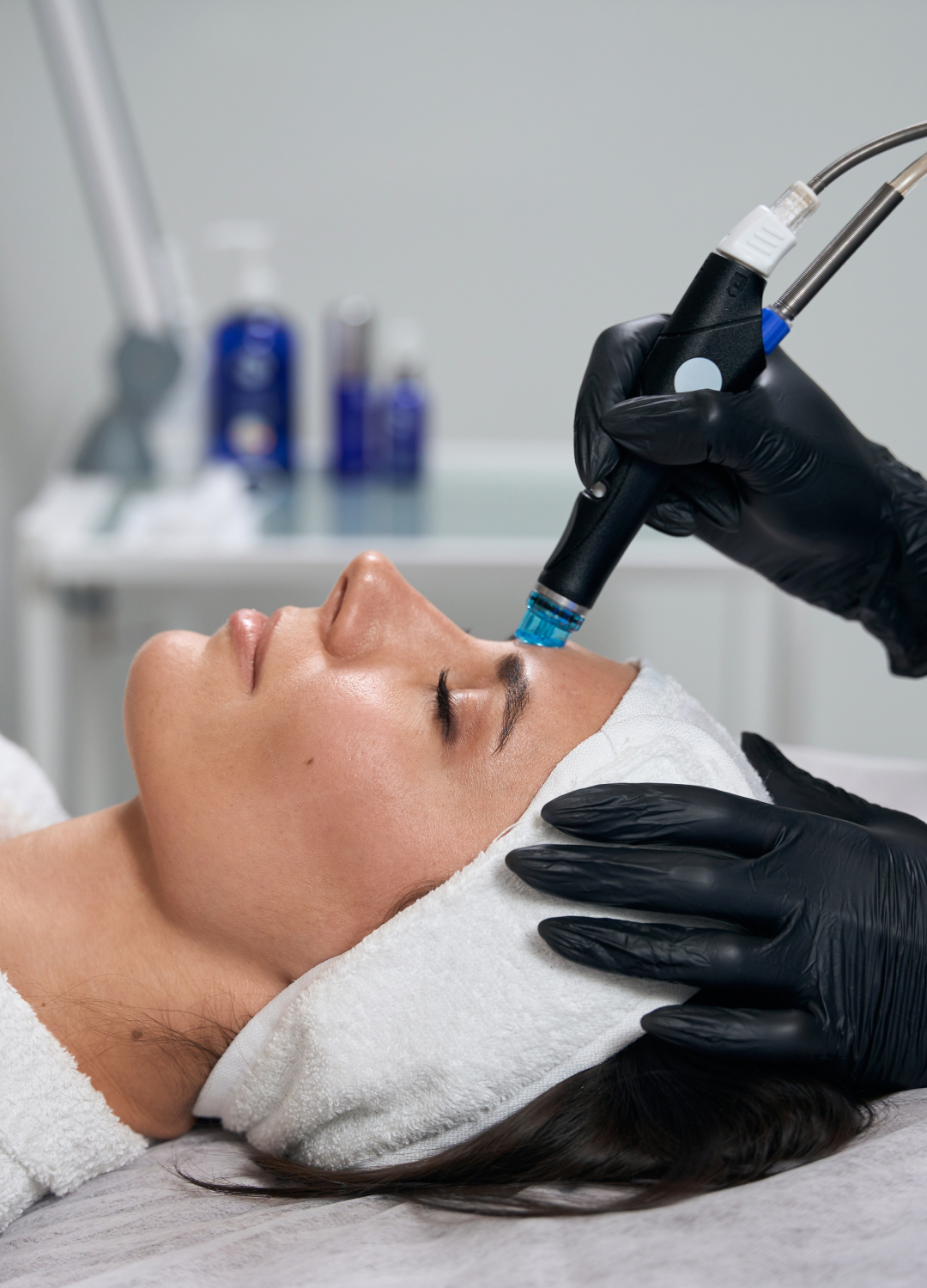
Hydrafacial has become one of our most beloved modern facials - but it originated from a very ordinary task. "The real breakthrough for Hydrafacial came during a routine moment: while shaving in the shower, Roger noticed how the steam helped reduce redness and irritation, Grace Henson, UKI & EMEA Training & Education Senior Manager for Hydrafacial, told us.
"That sparked the idea to combine exfoliation with hydration - for a gentler, more effective skin treatment. And just like that, hydradermabrasion was born - marking the beginning of the Hydrafacial we know today."
Hydrafacial is a unique three-step treatment that cleanses, extracts, and hydrates skin. Grace explains, "What really sets Hydrafacial apart is how customisable it is. With a variety of add-on Boosters, the treatment can be tailored to target specific skin concerns like acne, hyperpigmentation, rosacea, uneven texture, fine lines, and wrinkles."
AHA (Alpha Hydroxy Acids) facials
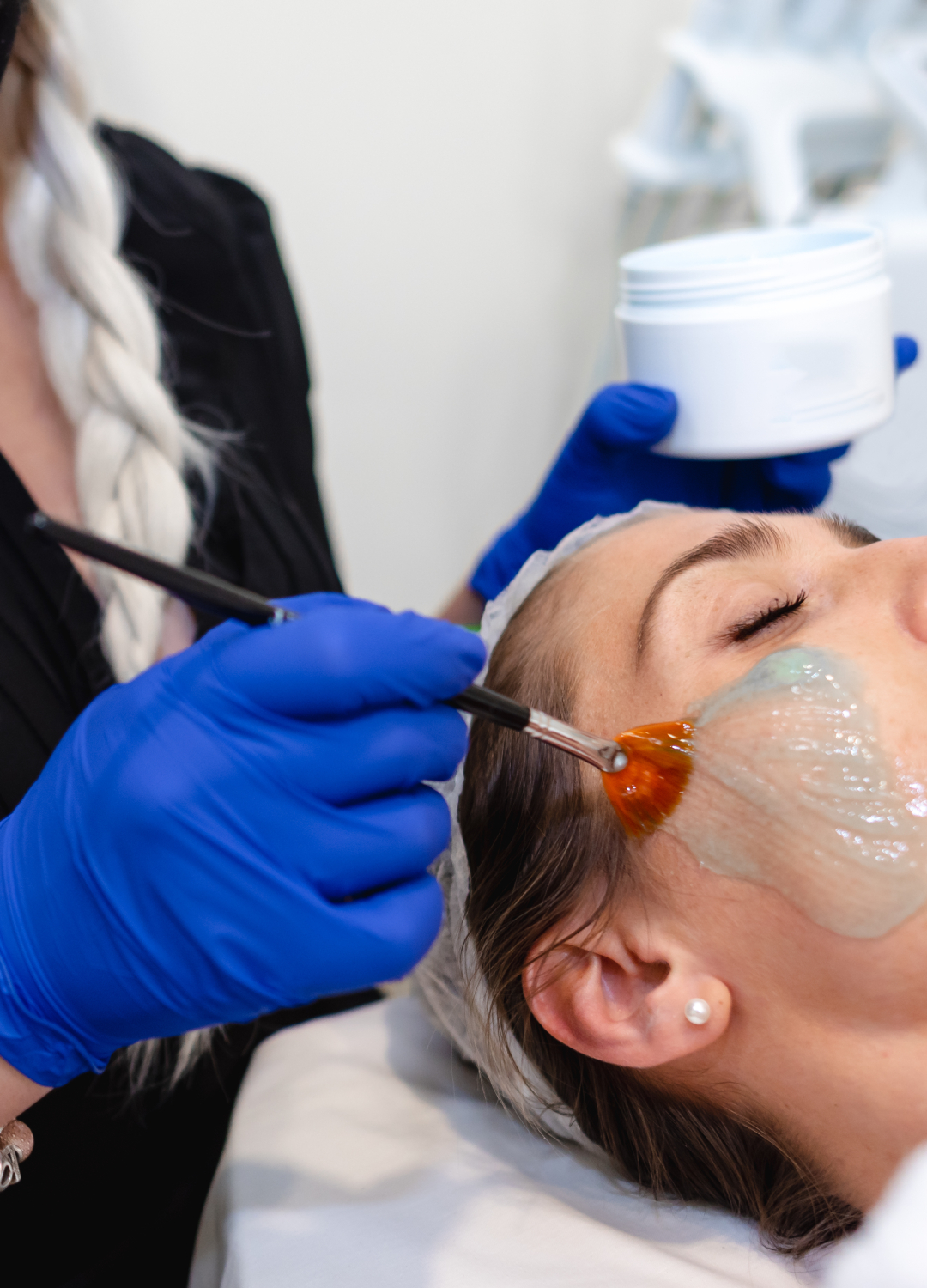
AHA peels (especially glycolic acid) became popular in the 1980s, when the benefits of glycolic acid became more widely understood. AHA peels offered a gentler alternative to a chemical peel, which historically has had a reputation for being very severe (everyone remembers that Sex And The City episode where Samantha can't show her face due to its shocking post-peel appearance?)
Enzyme peels, where fruit acids are used to exfoliate the face gently, also continued to rise in popularity in home skincare products and salon treatments, with brands like Elemis leading the way. In the '00s, Elemis launched their at-home Papaya Enzyme Peel, which would go on to become a cult classic buy.
Radiofrequency facials
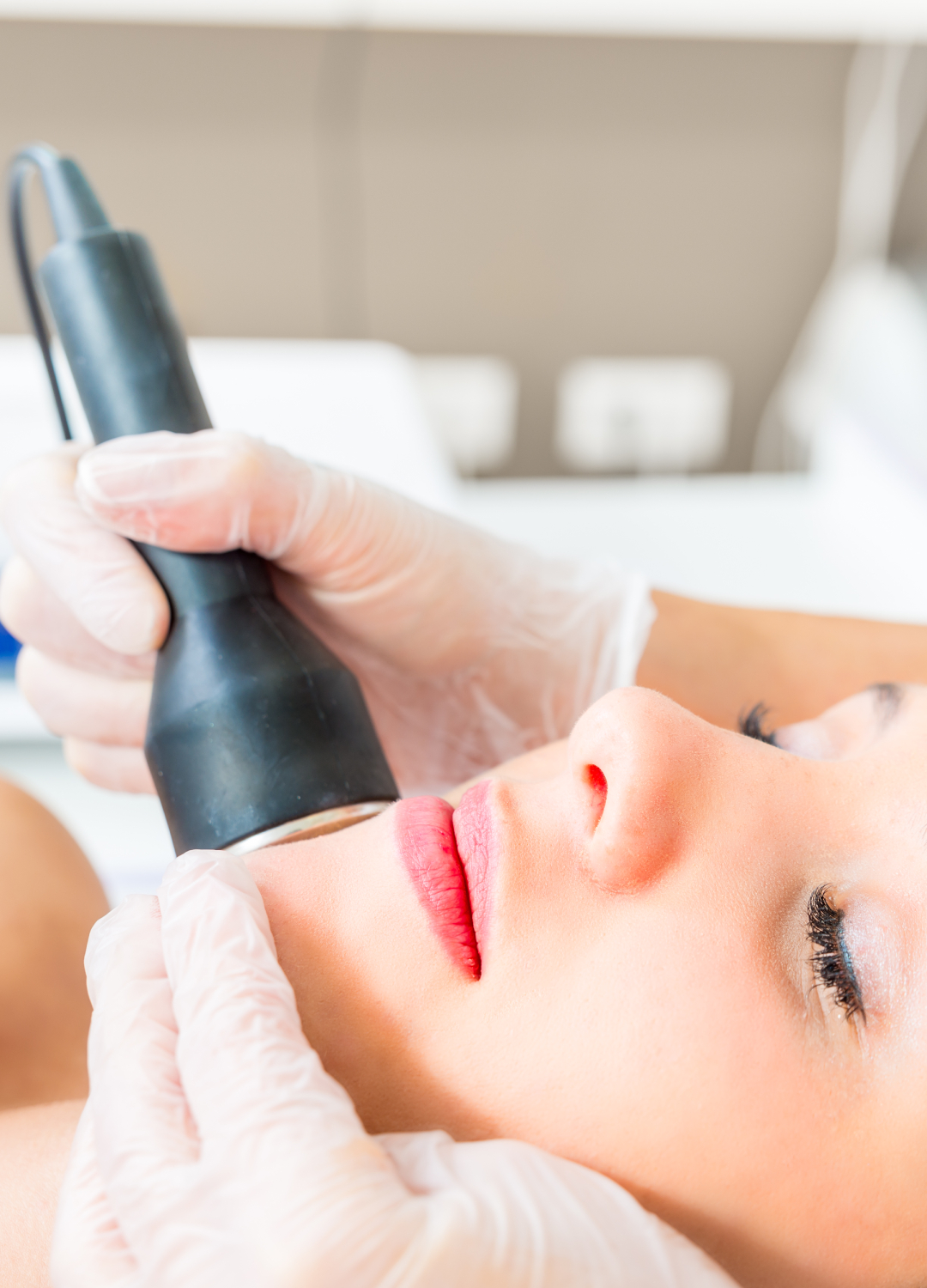
From the early 2000s onwards, skincare began to take a new direction. The facials of the previous decades remained popular, but as time moved on and technology started advancing rapidly, higher-tech skincare solutions became mainstream, with new facial treatments launching all the time.
Non-invasive treatments that offer alternatives to Botox or fillers have continued to rise in popularity throughout the 21st Century. Radiofrequency facials use radiofrequency energy to heat and stimulate the deeper layers of the skin, prompting collagen production.
"The future lies in layering cutting-edge technologies with a personalised plan," cosmetic doctor Lauren Wells tells us. "We’re already incorporating LED light therapy (we use the DermaLux Compact Lite) and non-invasive radiofrequency treatments like EMFACE to stimulate collagen and improve tone without downtime."
Collagen Facials
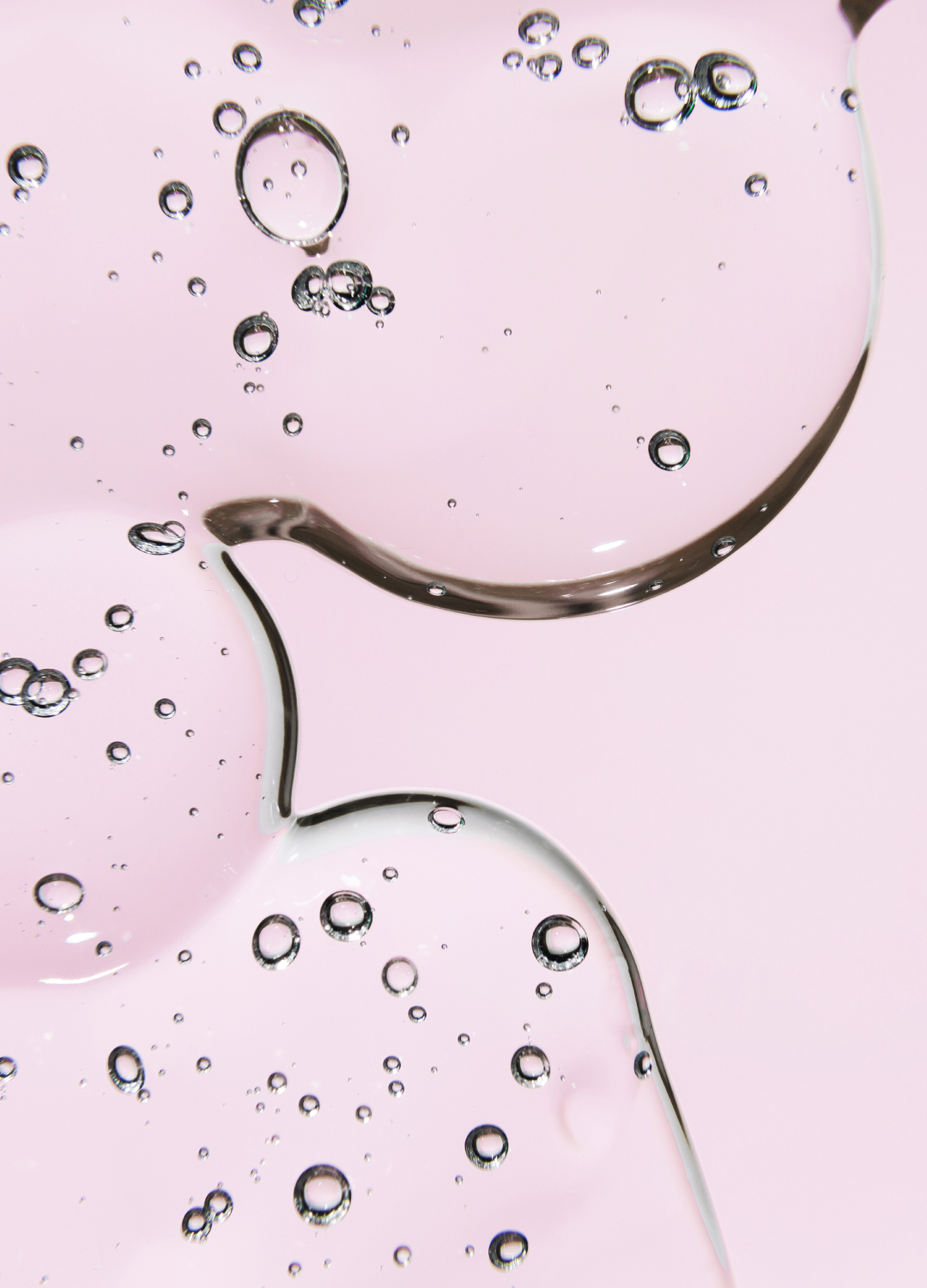
Collagen facials aim to plump the skin and reduce fine lines. The collagen boom looks a little different nowadays, with ingestible collagen now a regular part of many people's skincare routine, aiming to boost the skin from the inside with collagen powder, gummies and gels.
Vitamin C facial
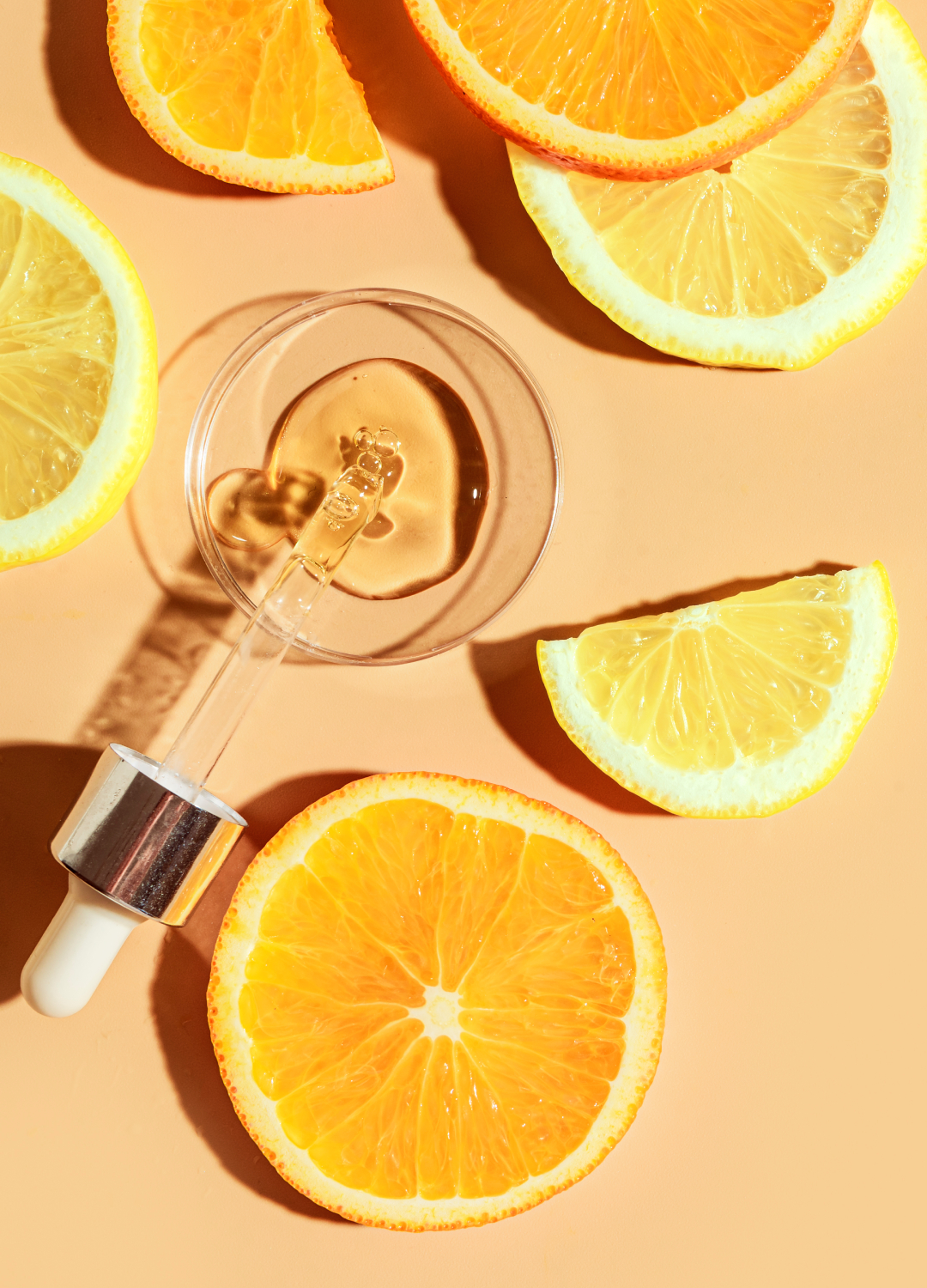
Vitamin C from citrus fruits has been used in facial treatments since ancient times, but the '80s and '90s saw it used as a way to brighten dull skin and create a natural glow as more targeted skincare emerged. Vitamin C facials involve a high concentration being applied by a professional in a mask and serums for instant radiance.
Microneedling Facial
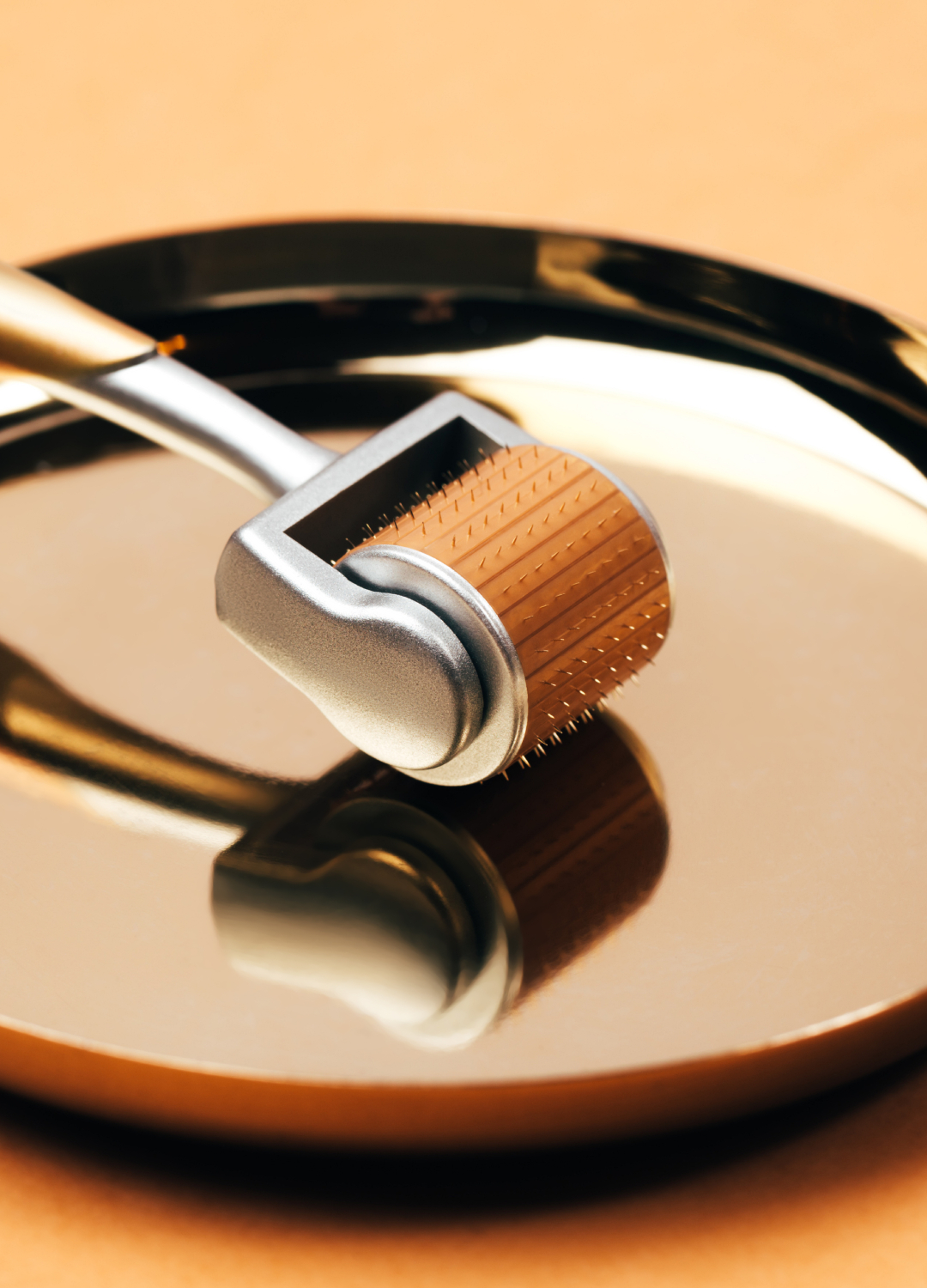
"Microneedling facials are ideal for individuals dealing with uneven skin tone or texture, including issues caused by acne scars, stretch marks, large pores, or fine lines and wrinkles," Selim Vural, Scientific Communication Scientist from Oriflame, explains.
"This treatment involves using tiny needles to create micro-injuries on the skin’s surface, which stimulates collagen and elastin production - key components for smoother, firmer skin. While microneedling can enhance skin texture and radiance, it may also lead to temporary dryness, redness, and flaking. To manage these side effects, it’s essential to hydrate and protect your skin post-treatment."
Cryofacial
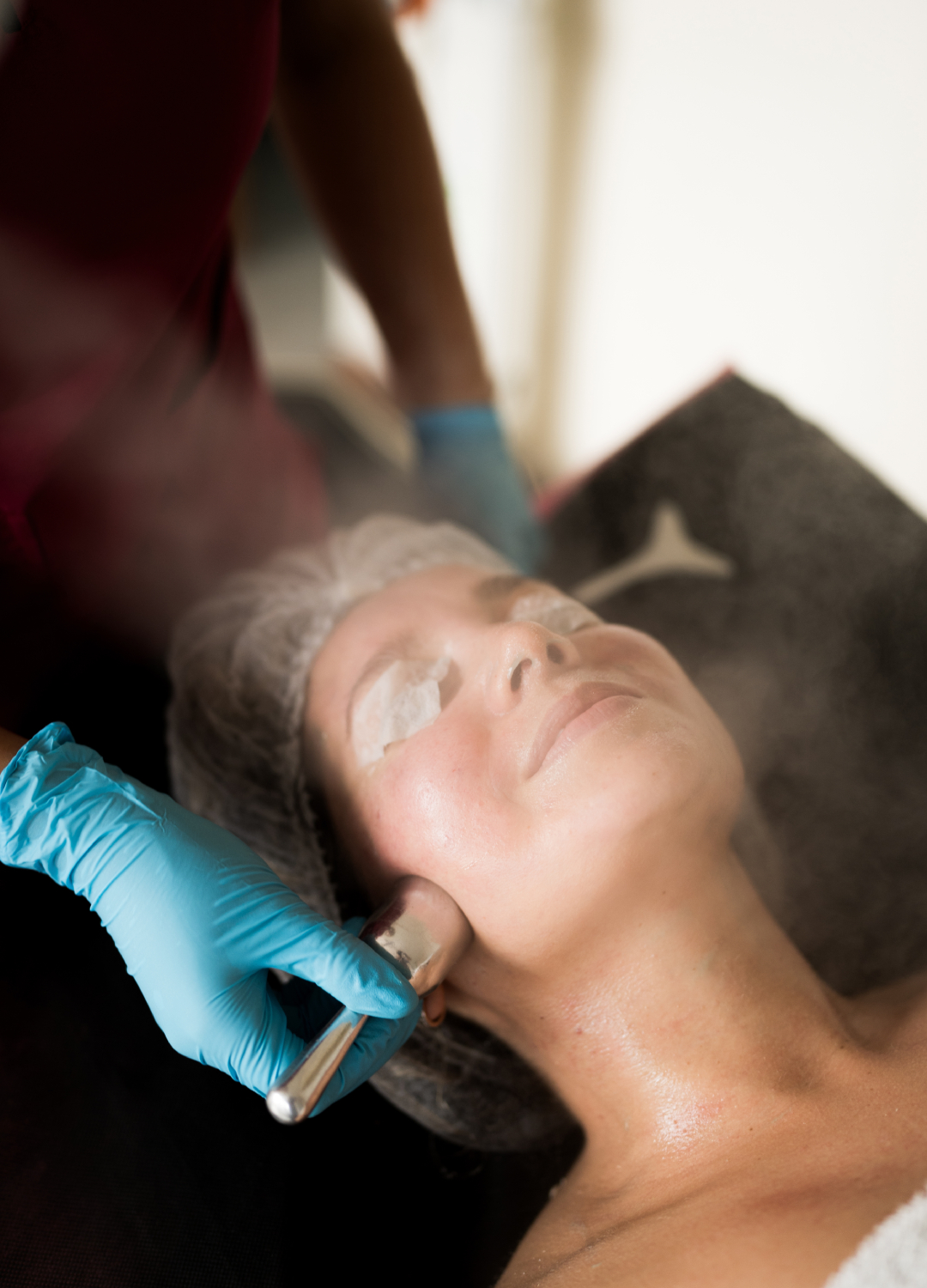
A Cryofacial involves using extremely cold temperatures (usually through liquid nitrogen or chilled air) to boost the skin and fight inflammation. However, some skin experts advise against using extreme temperatures.
"I never put heat or extreme cold treatments into a regular facial - those are for targeted, time-limited interventions, not monthly skin care," expert dermatologist Dr Tiina Meder explains.
FACEGYM
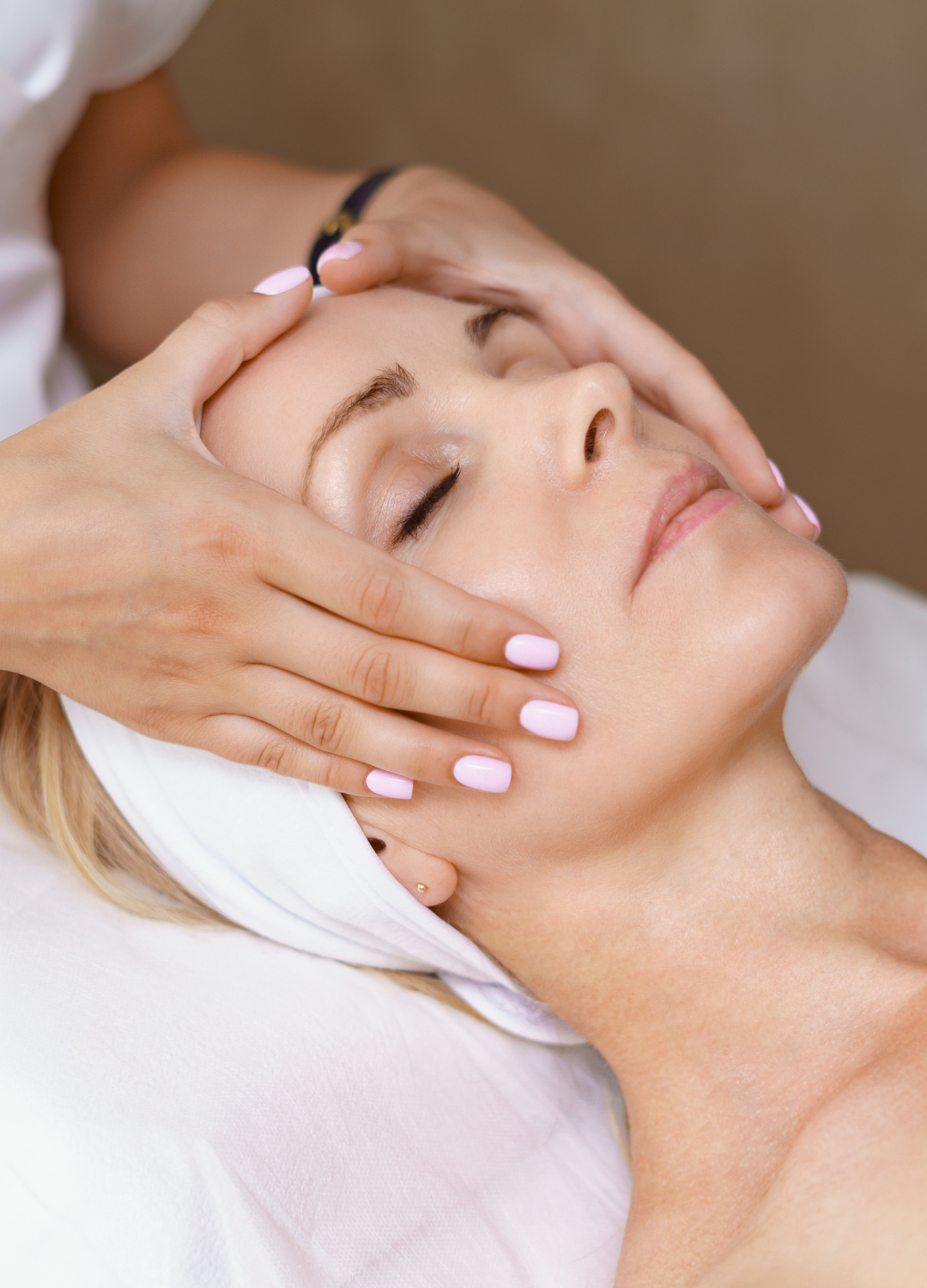
FACEGYM has exploded in popularity over the last decade, with celebrities and influencers billing it as the perfect pre-event treatment.
Similar to lymphatic drainage, FACEGYM mainly involves facial massage, but it's often a firmer and more clinical treatment, arguably without the relaxing setting of a lymphatic drainage treatment, which tends to take place in private rooms with soothing music and low lighting.
FACEGYM is available through a monthly membership as well as offering one-off treatments - a set-up that's becoming more and more common in clinics. "We’re also seeing a rise in monthly facial memberships - ours start at £85 per month - encouraging consistency, which is key for lasting results," cosmetic doctor Lauren Wells explains.
FACESTELLAR
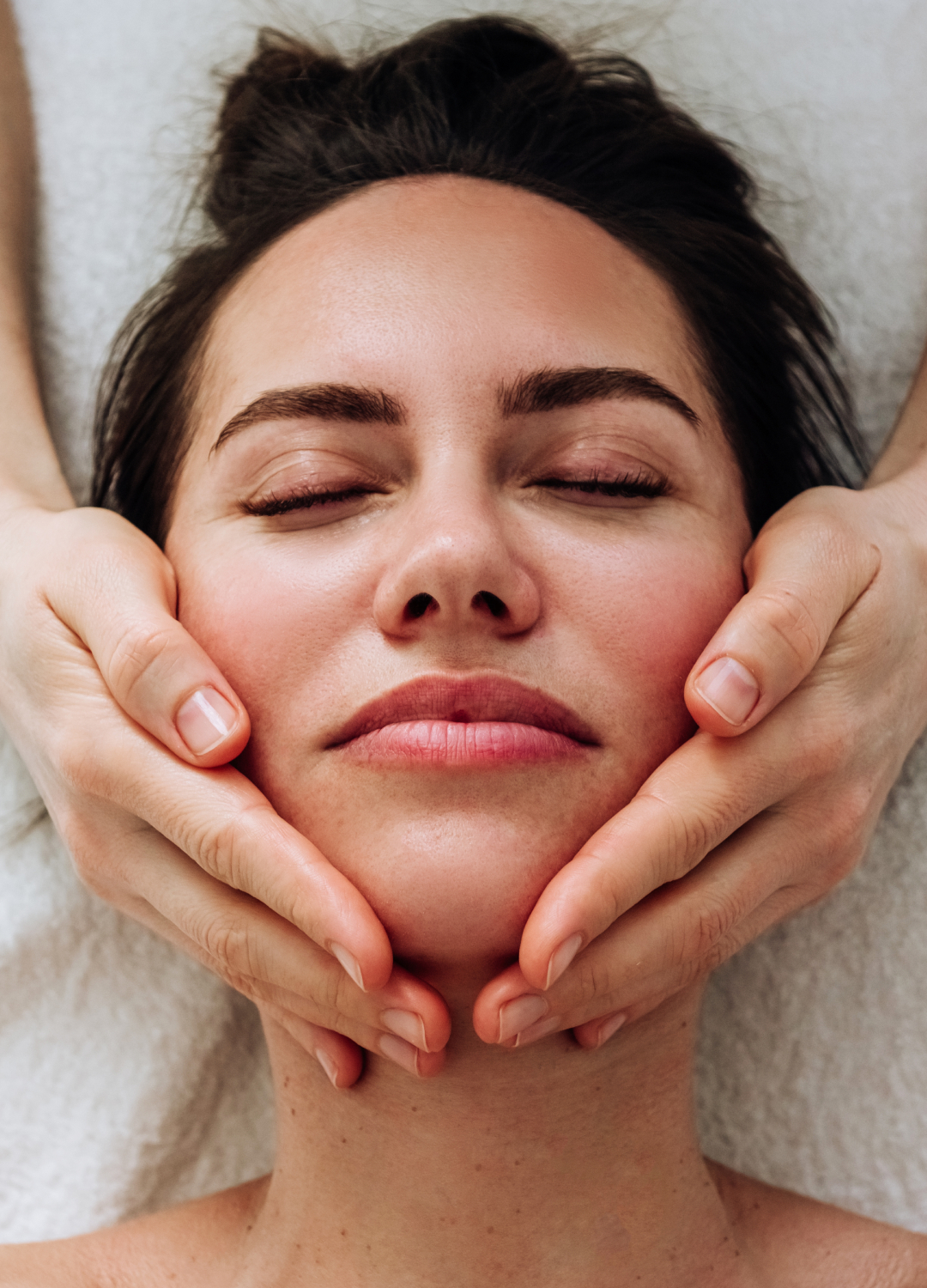
Similar to FACEGYM, FACESTELLAR, a salon facial brand that originated in Paris, offers a facial workout to plump and lift the skin.
Clients can choose from techniques just using the hands, or a variety of boosters and add-ons with specialised machines, and the result is a lifted, sculpted appearance.
Deeply hydrating facials
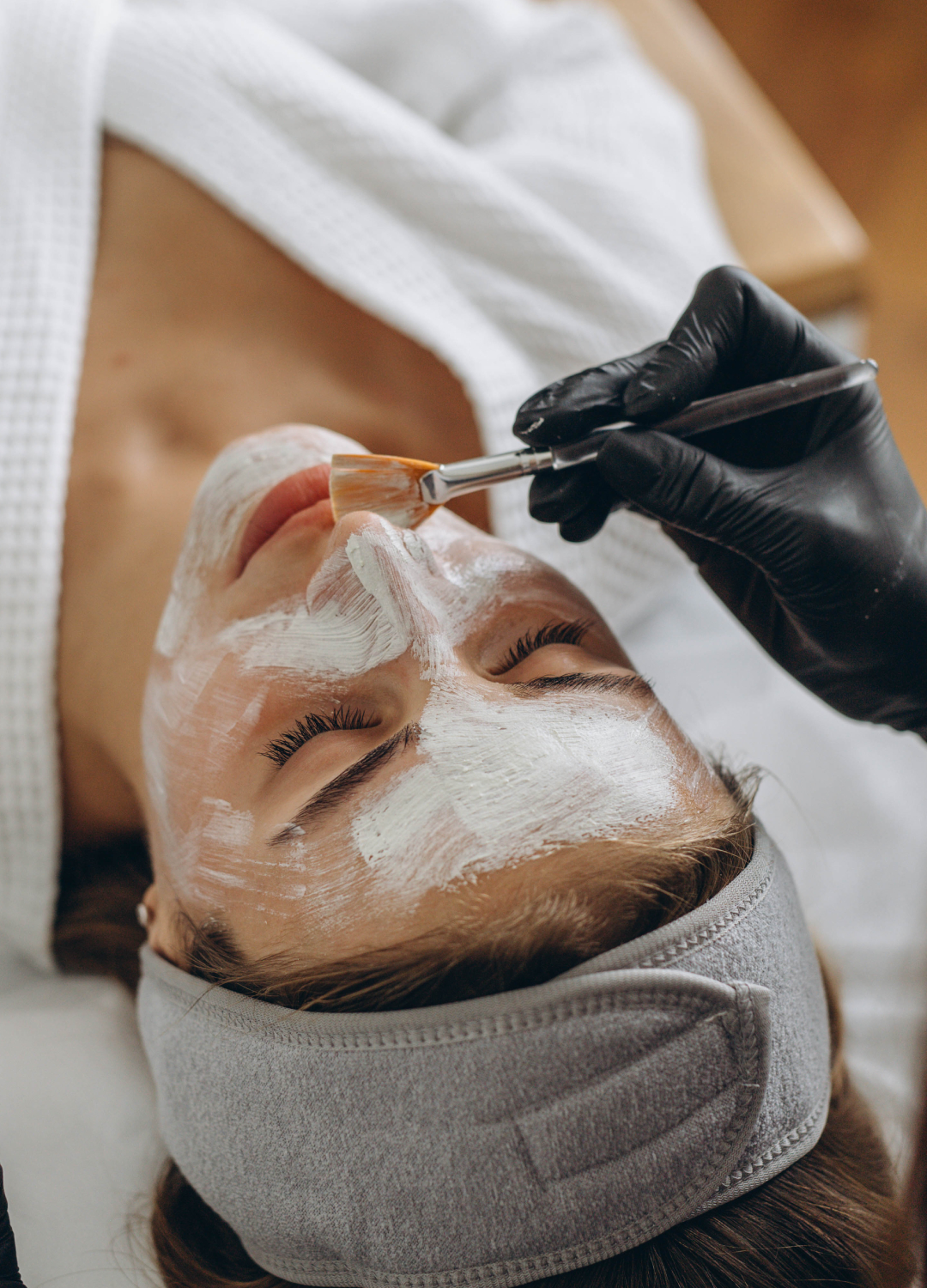
Hydration is now understood as one of the most important aspects of skin health, and this is reflected in the range of hydrating facials on offer.
"A hydrating facial treatment delivers an intense infusion of moisture through hydrating masks, serums, and massage techniques that help your skin absorb and retain water. It’s beneficial for dry, flaky, or dehydrated skin types," Selim Vural, Scientific Communication Scientist from Oriflame, explains.
One of the advantages of modern facials is that they can be adapted to skin type, whether that means deeper hydration or a balanced approach to suit combination skin. "Modern facials are now far more personalised: instead of following the same routine for every client, we assess specific skin concerns and select targeted products or devices accordingly," cosmetic doctor Lauren Wells explains.
Laser facials
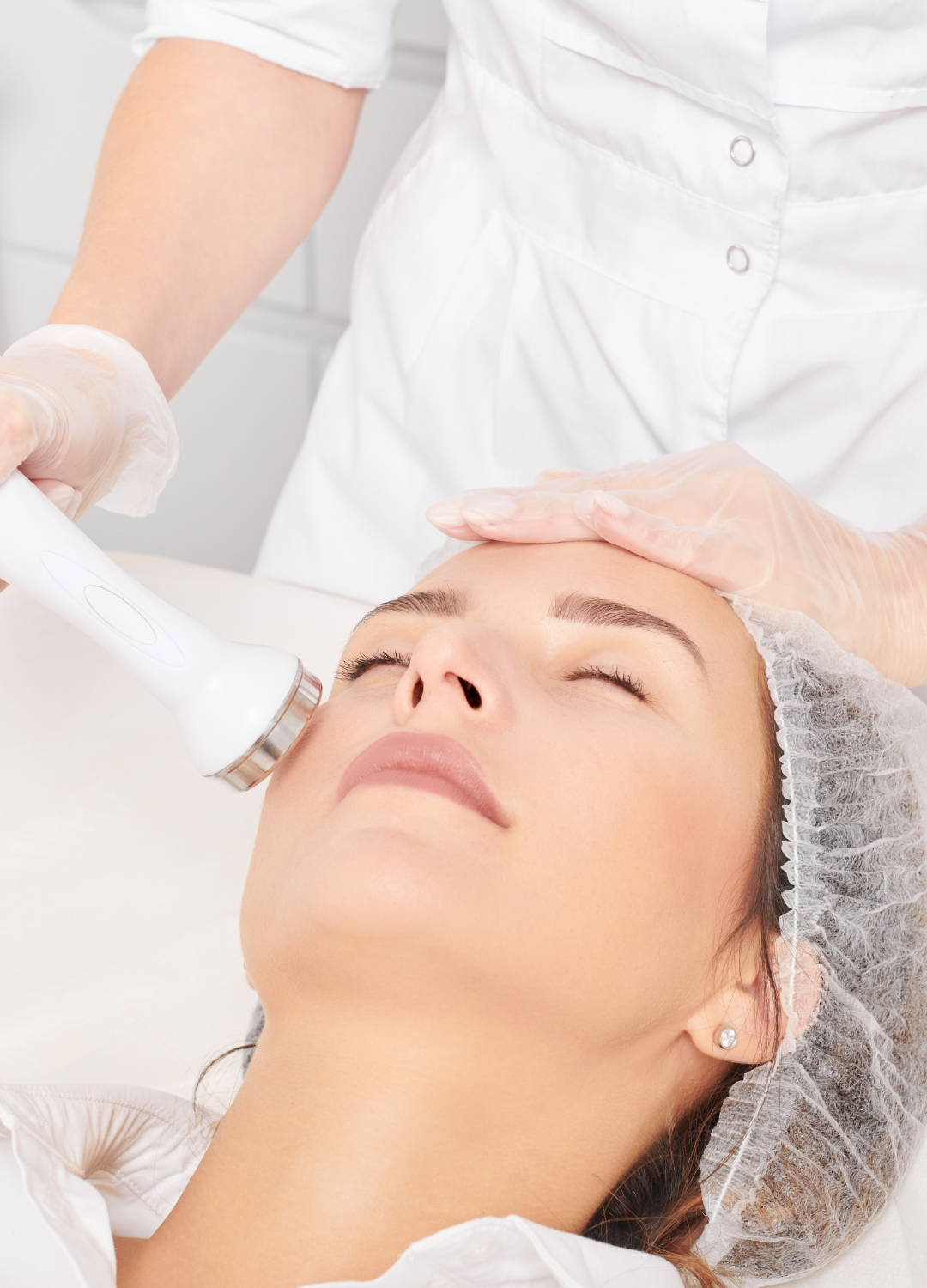
Laser facials are one of the most popular high-tech facials of modern times. "A laser facial is a cosmetic procedure that uses concentrated light energy to improve skin tone, texture and overall appearance by either removing outer skin layers or stimulating collagen and cell regeneration," Laura Porter, Skincare Expert, Facialist & Founder of FAB Skincare, explains.
"Because it can penetrate more deeply than traditional facials, it’s particularly effective for concerns such as wrinkles, acne scarring and pigmentation, delivering more dramatic and longer-lasting results. That said, there is still a very important place for non-medical facials within a good skincare routine.
"Treatments like The FAB Experience Facial are designed to deliver both visible results and deep relaxation in equal measure. This multi-step facial combines deep cleansing, exfoliation, hydration, targeted skincare and signature massage to leave the skin radiant, refreshed and renewed. It’s a treatment that not only enhances skin health but also offers that all-important time to switch off, making it perfect as a regular monthly refresh or as preparation for a special occasion.”
Advanced Microcurrent Therapy
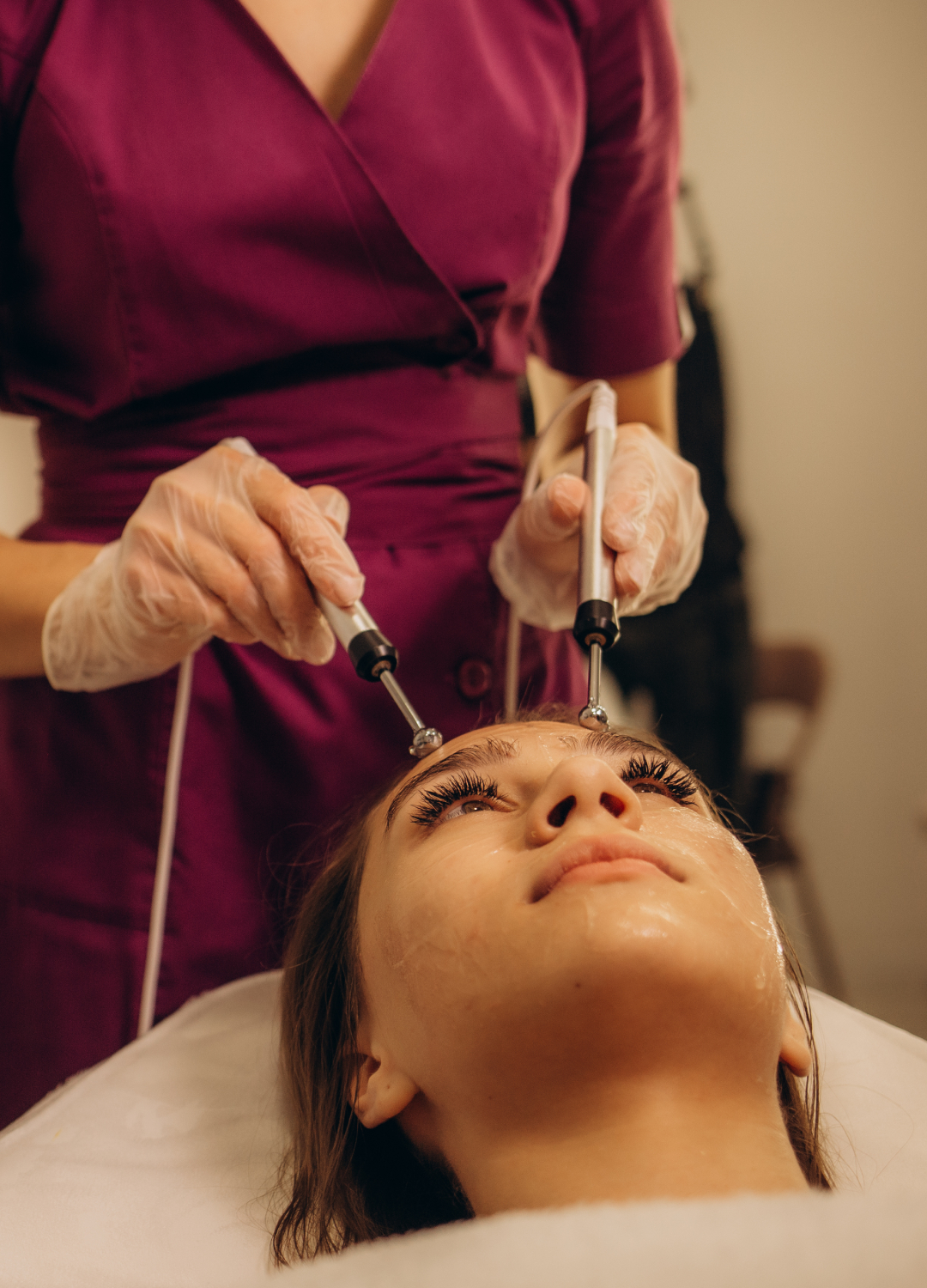
"We’ve known microcurrent for decades as a gentle method to boost product penetration. But the new generation goes far beyond that," expert dermatologist Dr Tiina Meder explains. "Today’s microcurrent facials can activate or relax specific facial muscles for lifting or softening expression lines, stimulate lymphatic drainage for instant depuffing and work in synergy with neurotransmitter-inhibiting peptides to mimic a gentle ‘Botox-like’ effect without needles.
"Microcurrents stimulate skin and deep tissue in a natural, physiological way, encouraging regeneration and maintaining a healthy skin microbiome. Unlike aggressive skin-tightening devices, there’s no inflammation, no barrier damage, and no downtime - just an immediate glow and long-term toning. This is perfect for anyone wanting visible lift and definition, prevention of sagging, and healthy skin tone, even in their 20s and 30s as a preventative."
The 'Vampire' Facial
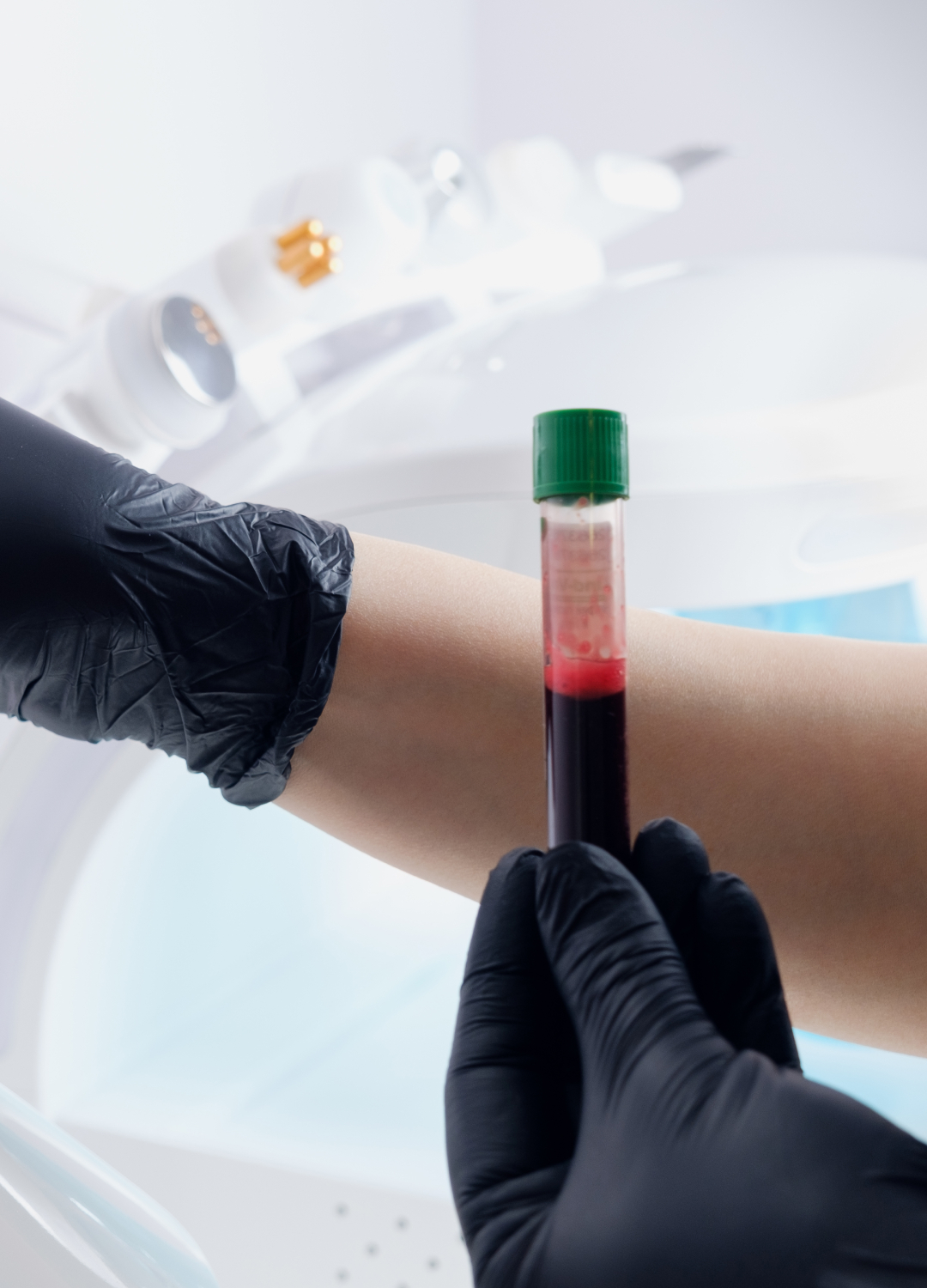
Somewhat popularised by Kim Kardashian, the Vampire facial, also known as a Platelet-Rich Plasma (PRP) facial, does have a gruesome element, as it actually involves the client's own blood, which is distributed during the facial to rejuvenate the skin. It goes without saying that this procedure needs to be carried out by a professional.
Professional LED Light Therapy
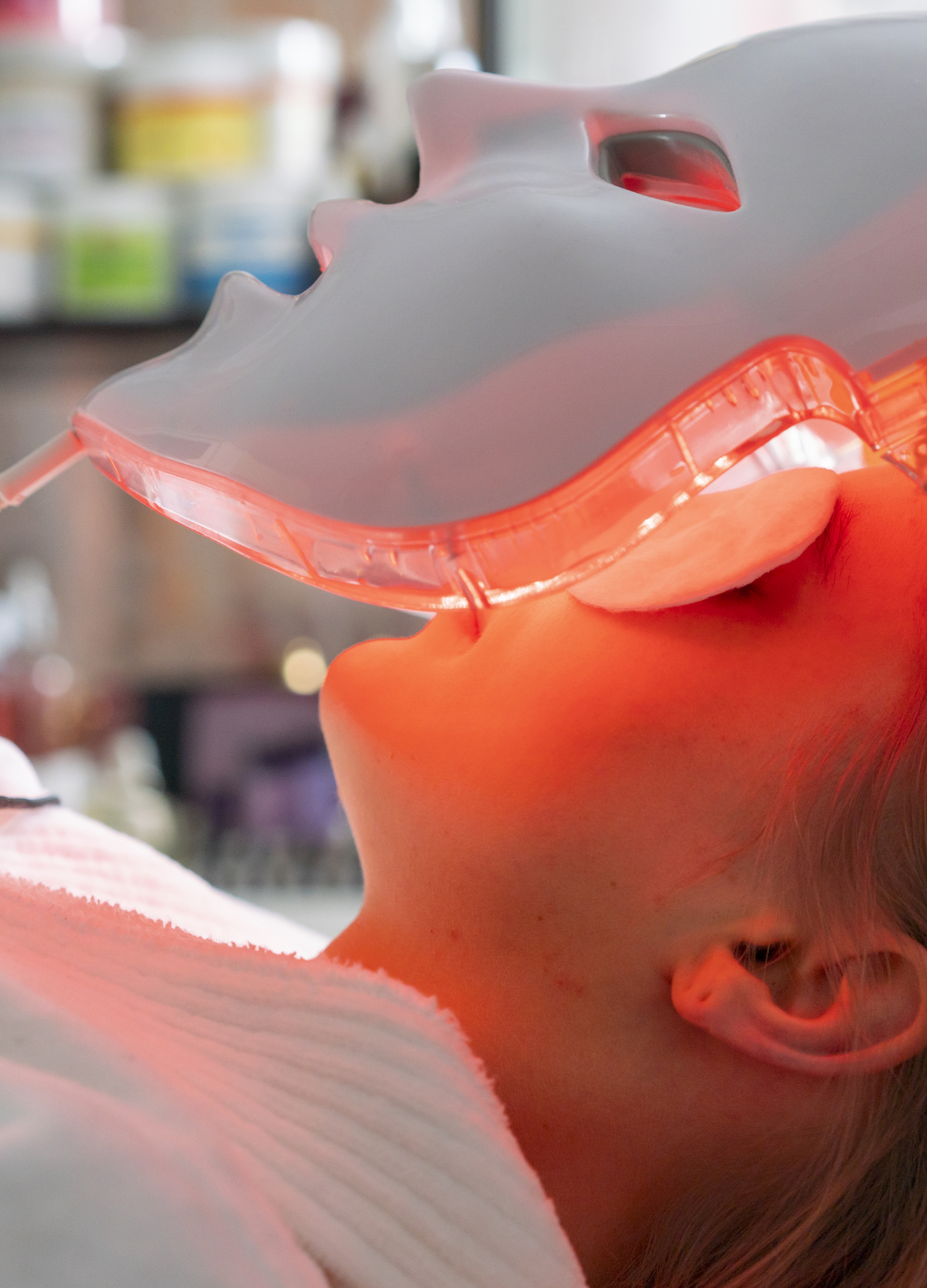
"First introduced to aesthetics in the early 2000s, LED therapy is finally getting the recognition it deserves, thanks to high-quality, medical-grade devices now in clinics," expert dermatologist Dr Tiina Meder explains.
"LED works by delivering precise wavelengths of light to gently energise skin cells. This subtle stimulation boosts collagen production, evens tone, soothes inflammation, and can even regulate oil production. Red light calms and repairs, blue light fights acne-causing bacteria, and near-infrared light reaches into the dermis for anti-ageing benefits.
"It’s pure energy - no thermal trauma, no chemicals. The trick is power and quality: many at-home gadgets or low-cost salon lamps are simply too weak. In the clinic, however, LED can transform reactive, inflamed or ageing skin in a course of treatments. It's perfect for ageing skin, rosacea, acne-prone skin, sensitive complexions and anyone wanting a quick skin reset."
Skin-Tox Facial
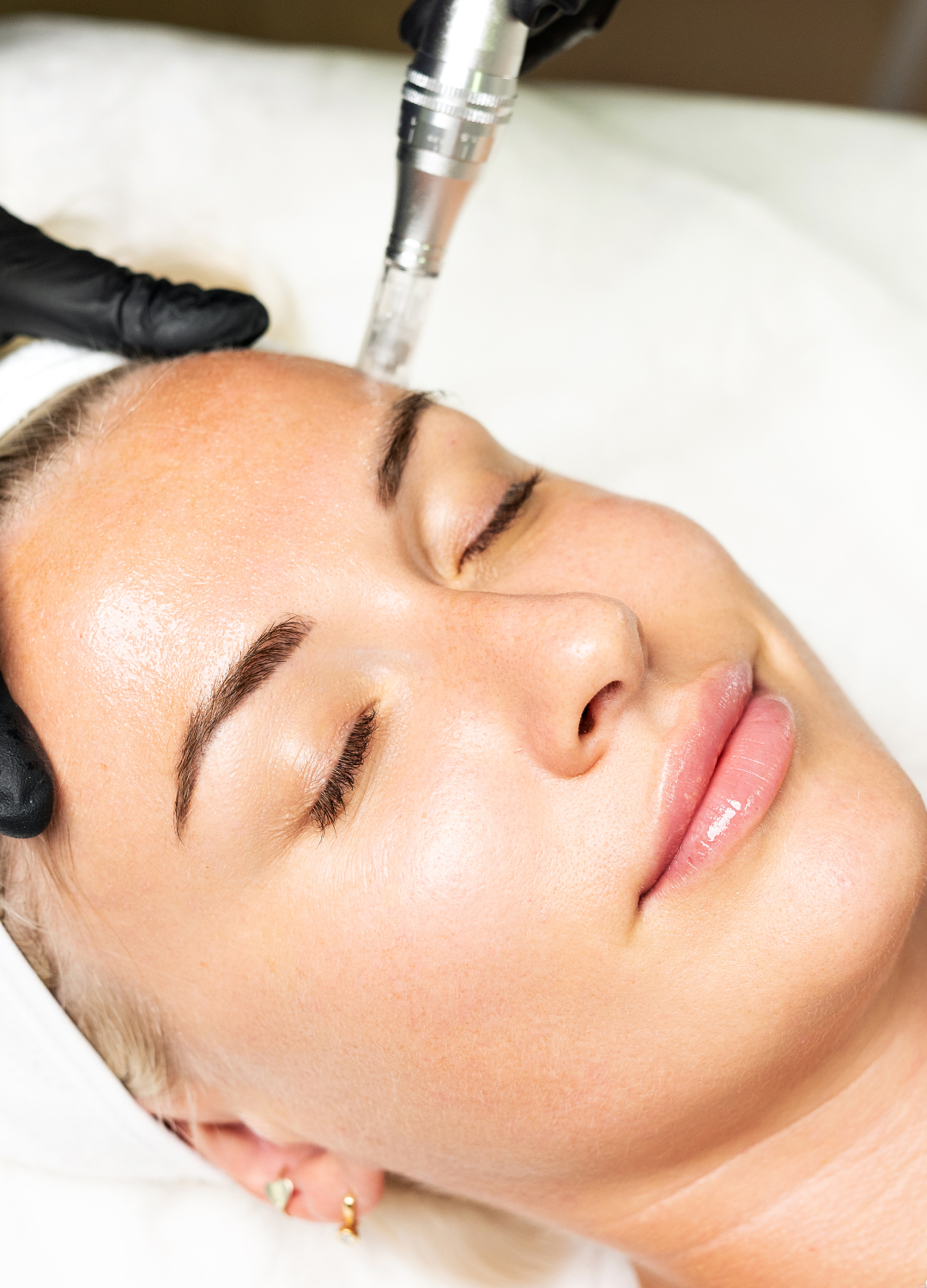
A 'Skin-Tox' facial is a modern interpretation of microneedling, where vitamins, peptides, and hyaluronic acid are distributed deeper into the skin through tiny punctures so that their effects are intensified. This facial is particularly helpful for smoothing fine lines and deeply hydrating the skin.
Cold Atmospheric Plasma (CAP) Therapy
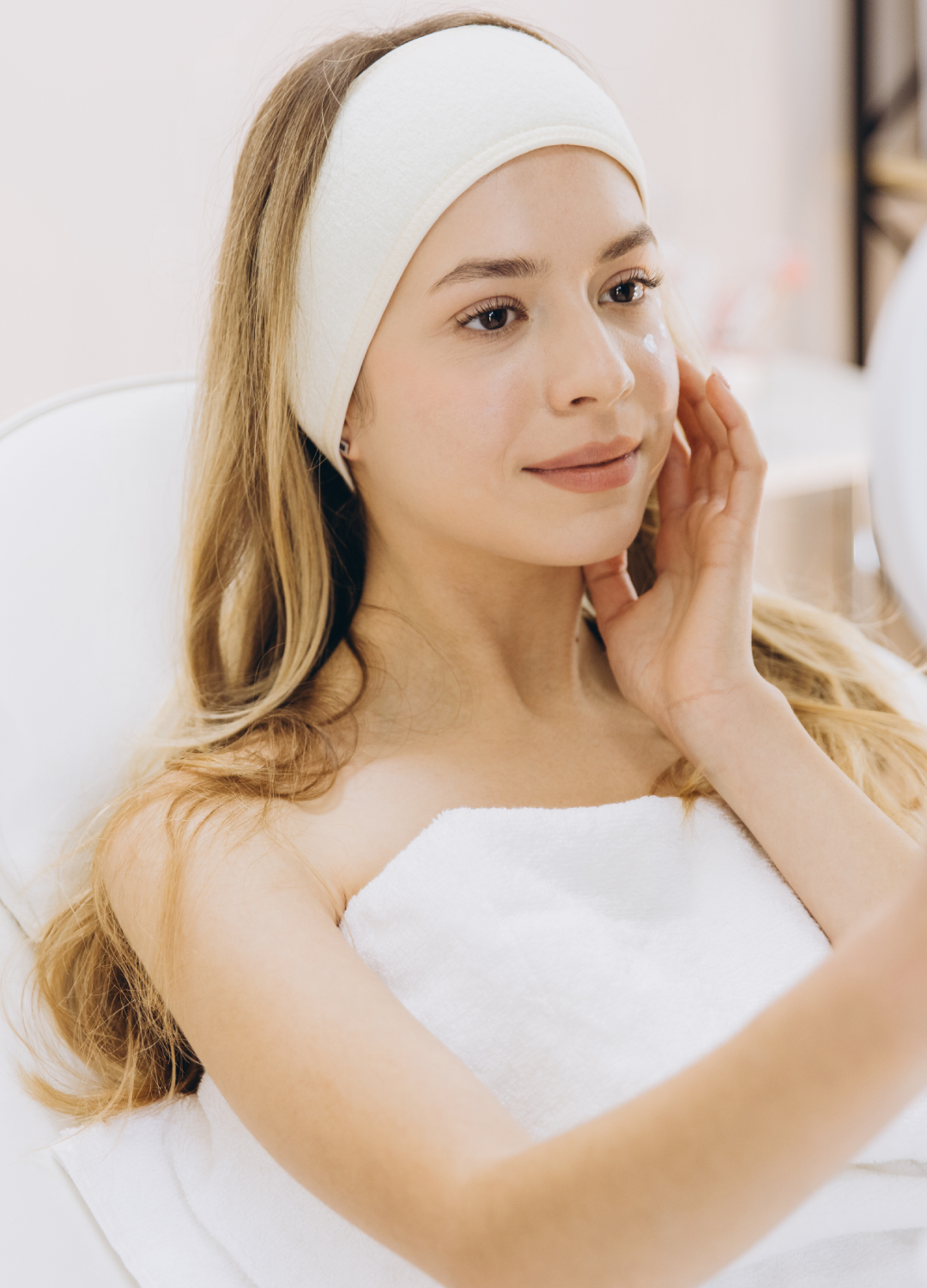
"CAP technology sounds like science fiction - a partially ionised gas at room temperature, producing reactive oxygen and nitrogen species (RONS) and UV energy," expert dermatologist Dr Tiina Meder explains.
"Yet in dermatology, it’s delivering real-world results. Originally used in wound healing and infection control, CAP is now a breakthrough in treating chronic acne, resistant rosacea, and signs of skin ageing. It destroys pathogenic bacteria and biofilms, stimulates skin regeneration, and even enhances skincare penetration (plasmaporation).
"The drawback? CAP’s sterilising nature means it can temporarily weaken the skin microbiome, which is why I always follow it with targeted microbiome restoration."
Glass skin facial
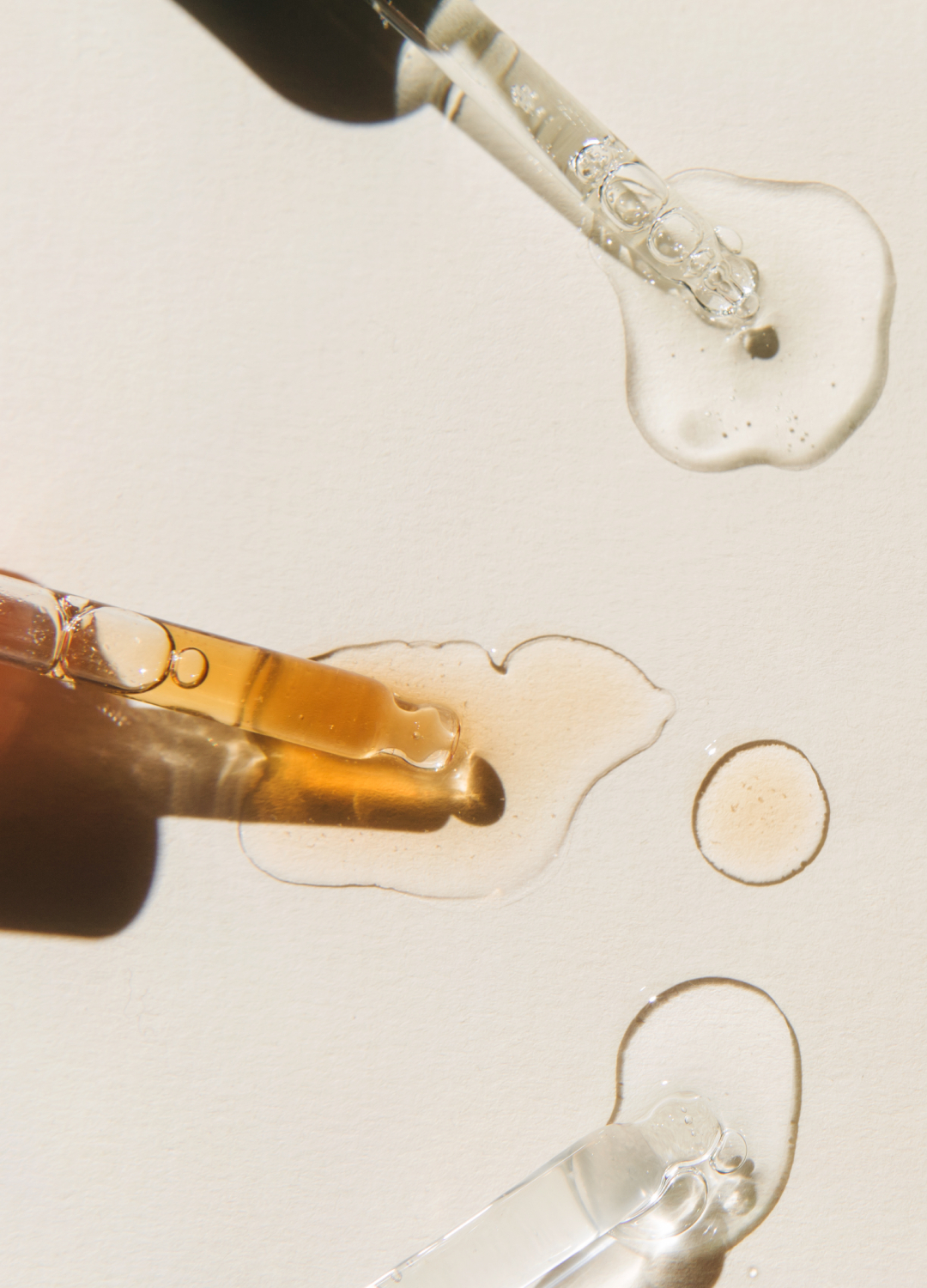
A Glass Skin Facial aims to make the skin look smooth and glowing through intense hydration during a relaxing treatment that puts moisture back into the skin. The trend originated in Korea, but has gained popularity in the last decade in the UK as a treatment usually available within luxury hotels or salons, particularly before events for radiant skin.
Morpheus8
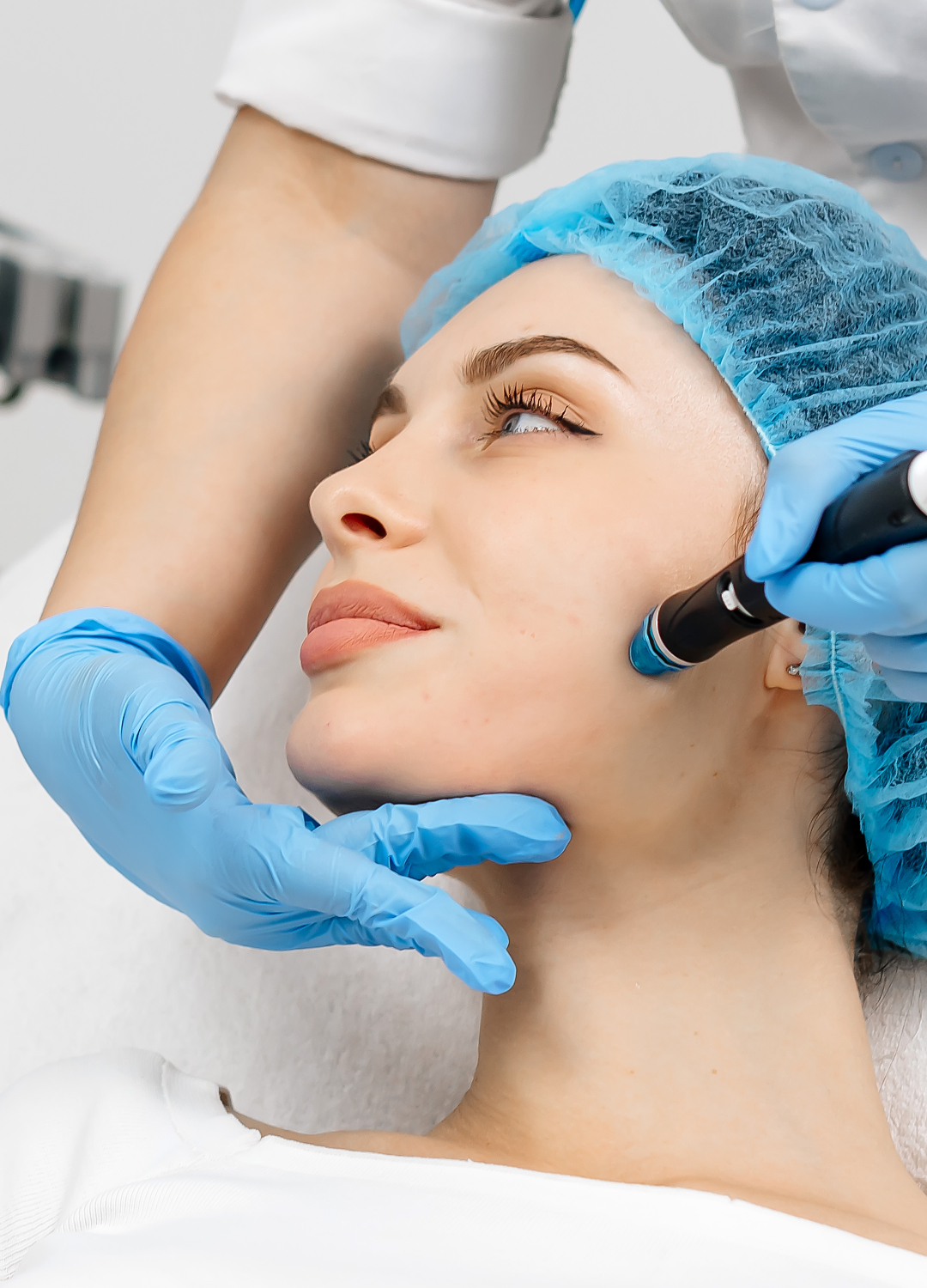
Morpheus8 is a non-surgical skin treatment that uses fractional radiofrequency combined with microneedling to lift and tighten the skin, as well as reduce wrinkles and scars. It works by stimulating collagen and elastin within the deeper layers of the skin and is particularly effective around the jaw and neck area. A course of at least six sessions is recommended for the best results.
Sofwave
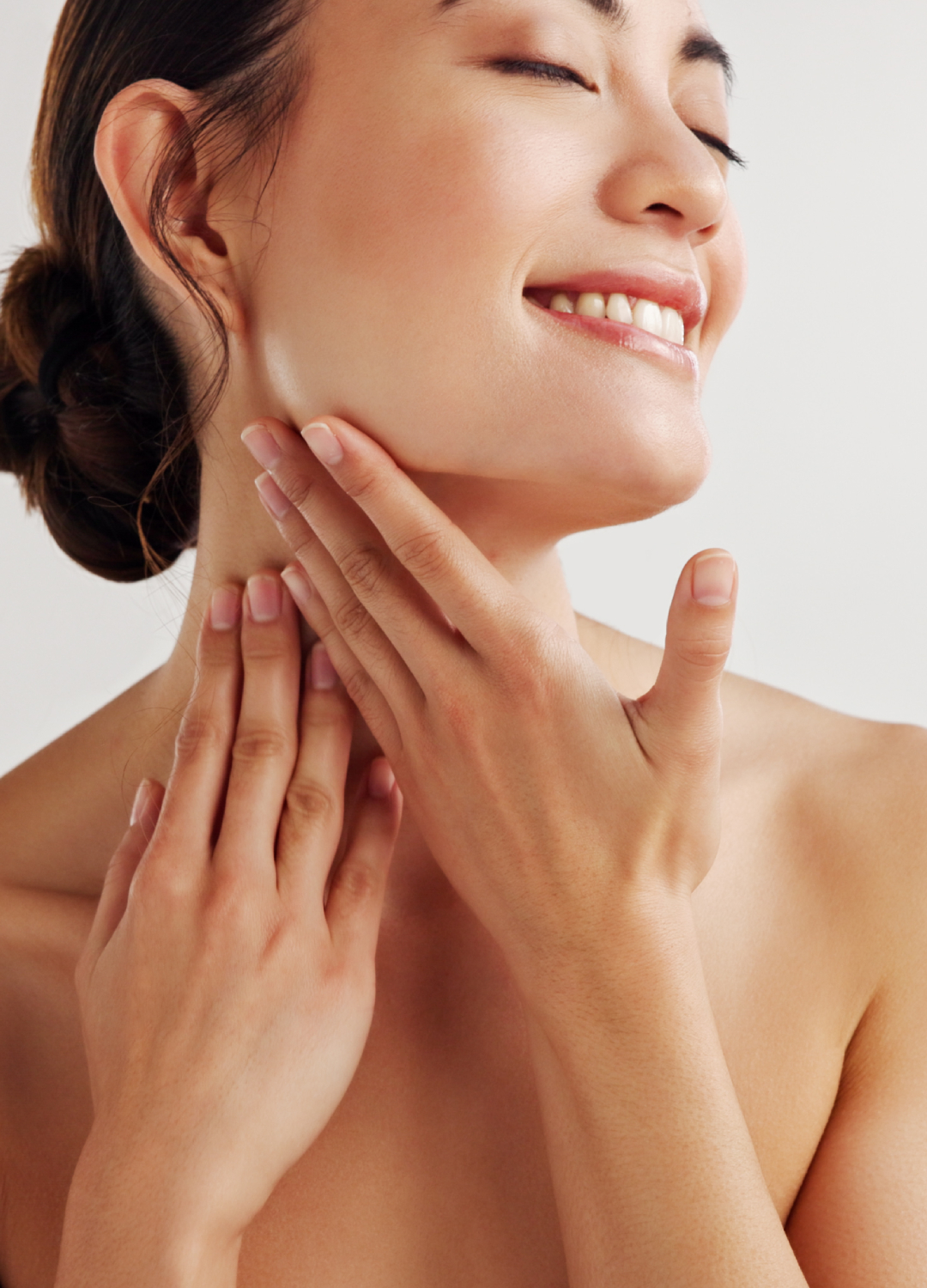
A Sofwave facial is a new concept that uses next-generation ultrasound to stimulate collagen at a mid-dermal level. “Patients are increasingly seeking intelligent skin therapies that regenerate and restore – rather than artificially inflate or freeze the face,” explains skincare expert Dr Jess Halliley.
“Sofwave uses ultrasound energy to stimulate deep collagen production and visibly lift the skin across the face, neck and brow – I’ve seen incredible results in just one session. It’s evidence-based, safe and delivers the sculpted look that so many clients are striving for.”
The polynucleotide facial
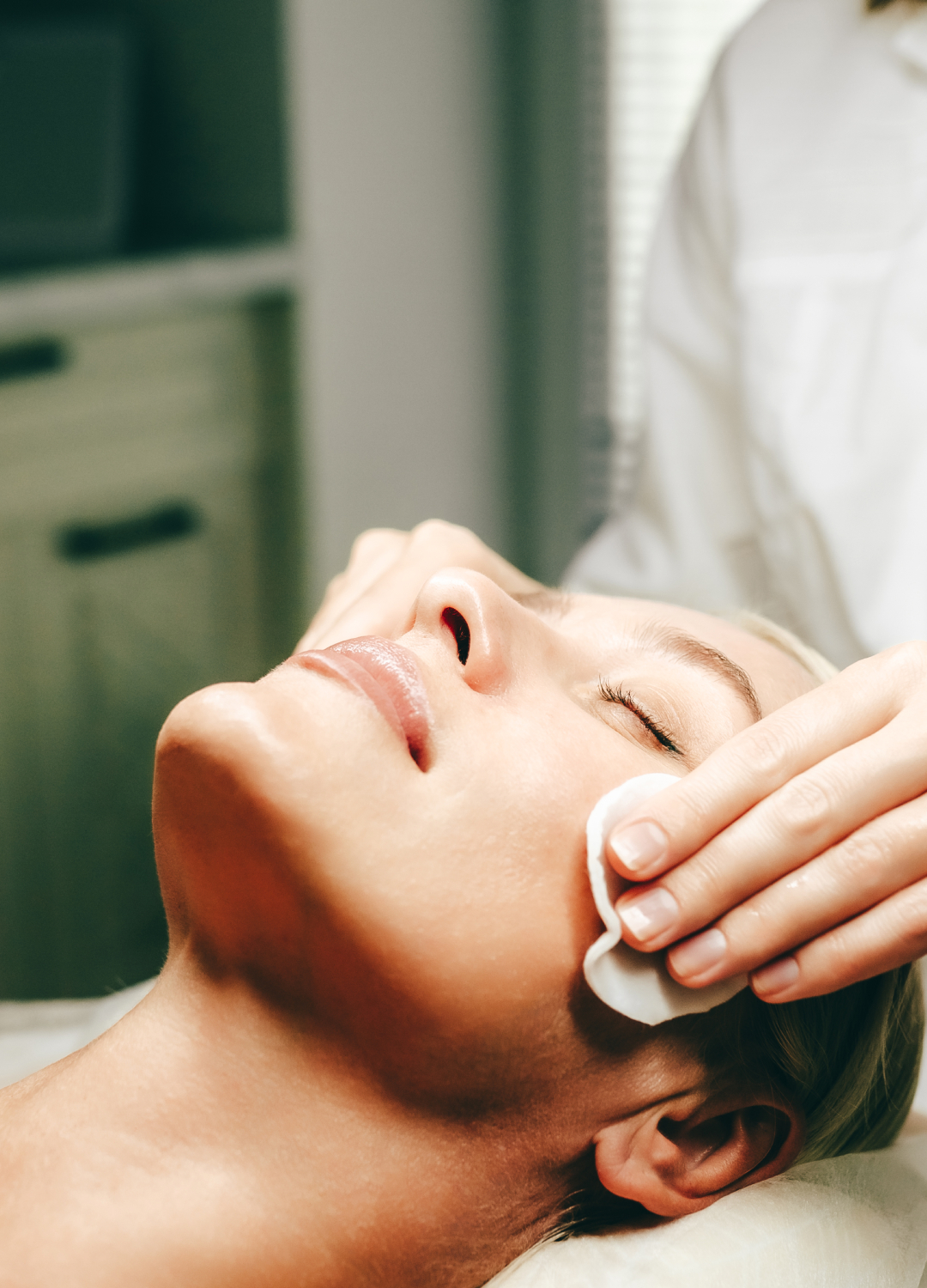
Also known as a 'Salmon Sperm Facial', loved by A-List celebrities, a polynucleotide facial uses DNA fragments derived from salmon sperm to boost the skin. An alternative to invasive treatments, it's thought to stimulate cell regeneration and smooth fine lines and wrinkles.
T-Face
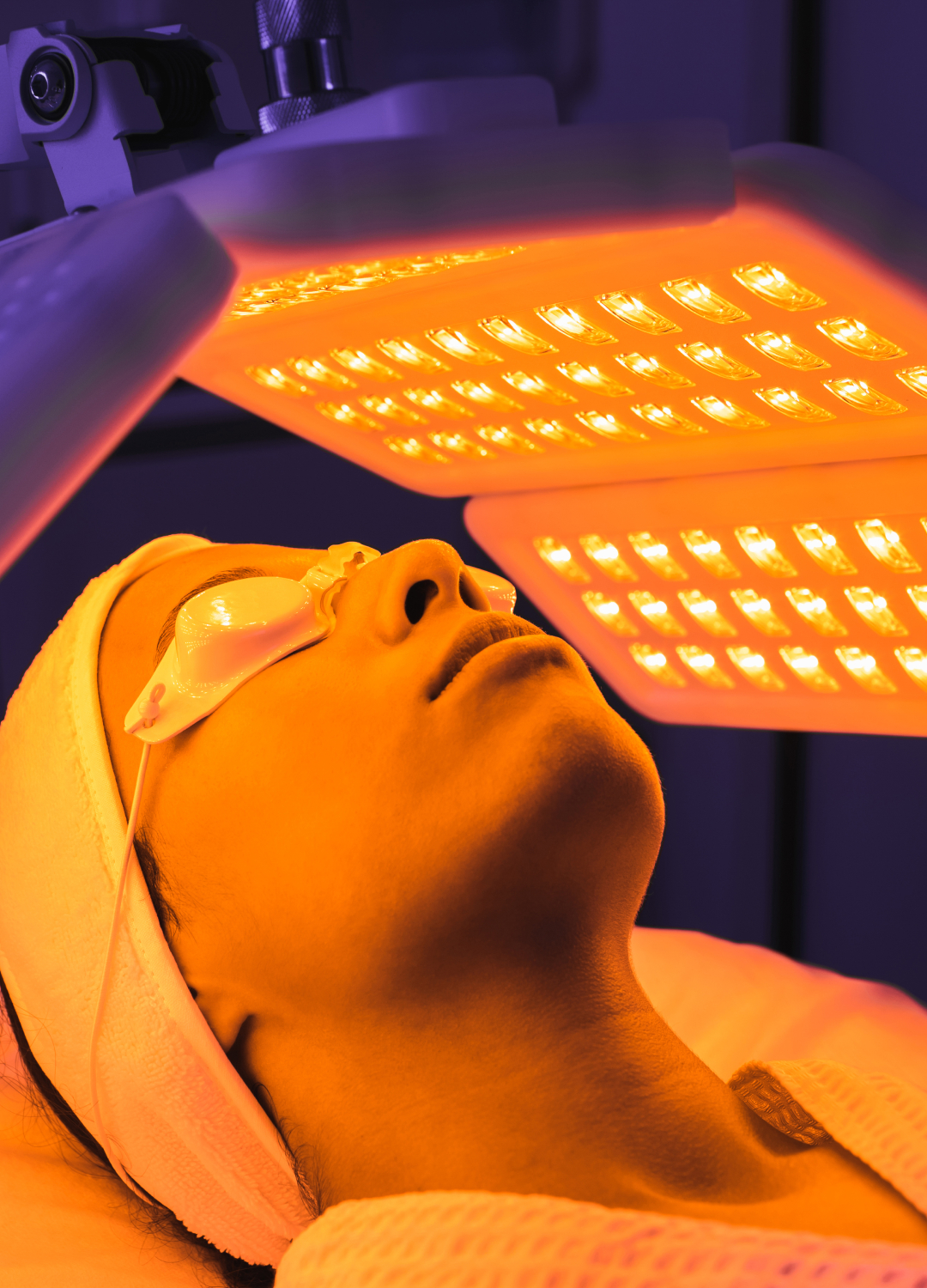
T-Face is a new, innovative facial that originated in Italy and combines various types of treatments to treat the skin in a more tailored way. The treatment is designed to target a range of skin concerns, including wrinkles, loss of elasticity and contour definition, spots, dryness, acne, oily skin, couperose, sun damage, scarring, eye bags, and puffy eyelids.
Purasomes face and scalp treatments
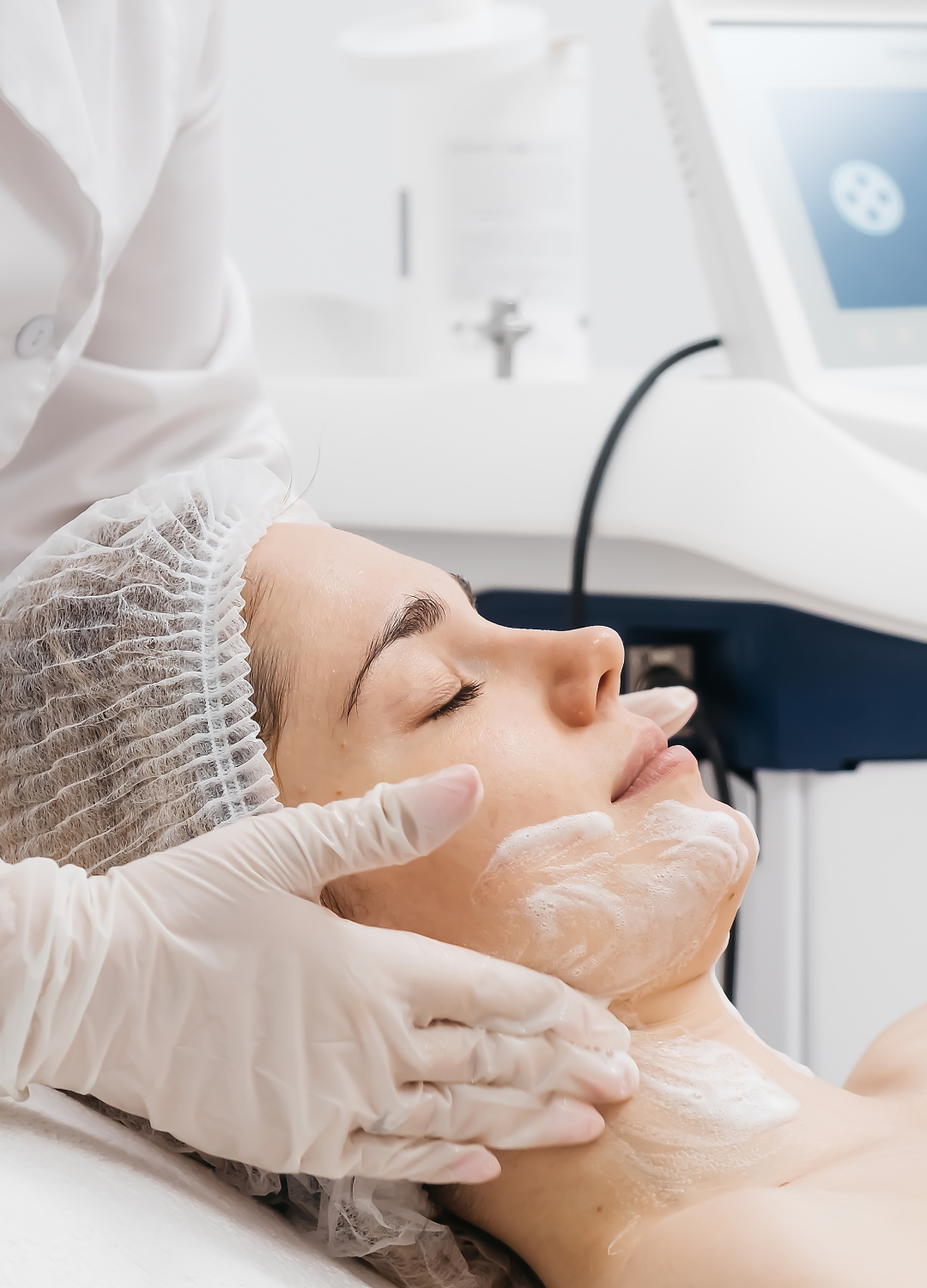
Purasomes face treatments use exosomes (tiny, cell-derived vesicles) to treat the skin. "Exosomes are extracellular vesicles that act as messengers between cells, carrying essential proteins, lipids, and genetic material," Dr Edward Robinson at Dr Ed Robinson Aesthetics explains.
"In regenerative medicine and aesthetics, they play a critical role in cellular communication, promoting tissue repair, reducing inflammation, and stimulating collagen production. The aesthetics industry is swaying towards treatments which optimise skin quality without changing the shape of your face, and exosomes are a key player in this shift."
Dr Ed continued, "Purasomes are derived from bovine colostrum, which offers a high concentration of bioactive exosomes with superior purity and stability. Bovine-derived exosomes are closer in nature to humans when compared to plant-derived and therefore convey superior benefits, rich in growth factors that support skin and hair follicle regeneration."
Hydrafacial 2.0

Hydrafacial has been a popular choice for professional facials for decades, but recently, the brand has enhanced its offering with a new range of boosters that further enhance it
"Hydrafacial has been busy with its most recent launch, adding a new booster to its powerhouse lineup: the HydraFillic with Pep9™," Grace Henson, UKI & EMEA Training & Education Senior Manager for Hydrafacial, explains. "This peptide-powered formula is designed to target wrinkles and leave skin feeling more youthful and supple.
"At the heart of HydraFillic is PEP9, a proprietary blend of nine peptides that work synergistically to reduce and prevent signs of ageing visibly. This powerful complex not only hydrates but also strengthens the skin’s barrier, preparing it to absorb wrinkle-fighting ingredients more effectively."
The scalp facial
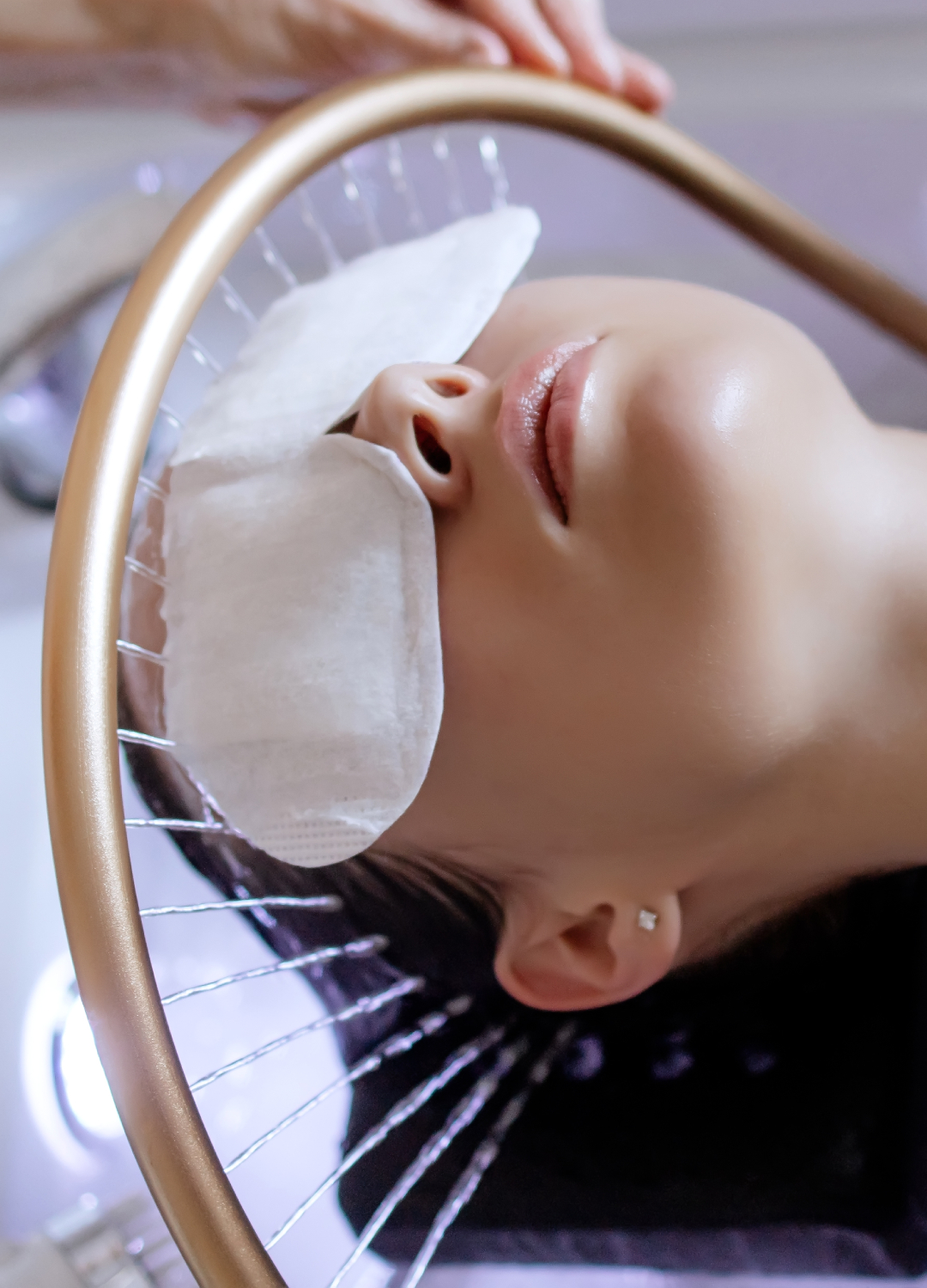
The scalp has only recently begun to get the recognition it deserves, with an appetite for scalp care rapidly growing in the last decade.
"The scalp is often the most overlooked part of our self-care routines, yet it’s the foundation of healthy hair," Paula Pop, co-founder of GLAMHAIR Studio, explains. "Just like our skin, the scalp needs regular cleansing, exfoliation, and hydration - and that’s exactly what a scalp facial delivers. It helps detox, rebalance, and deeply nourish the scalp, removing buildup from products, oil, and pollution.
"Clients are becoming much more aware that healthy hair starts at the root, and a clean, healthy scalp leads to stronger, shinier hair. Scalp facials not only feel incredibly relaxing, but they can also help with issues like dryness, flakiness, or even hair thinning.
"With more people experiencing stress, hormonal changes, and sensitivity due to lifestyle or environmental factors, this treatment is the perfect combination of wellness and results."
Post-facial routines
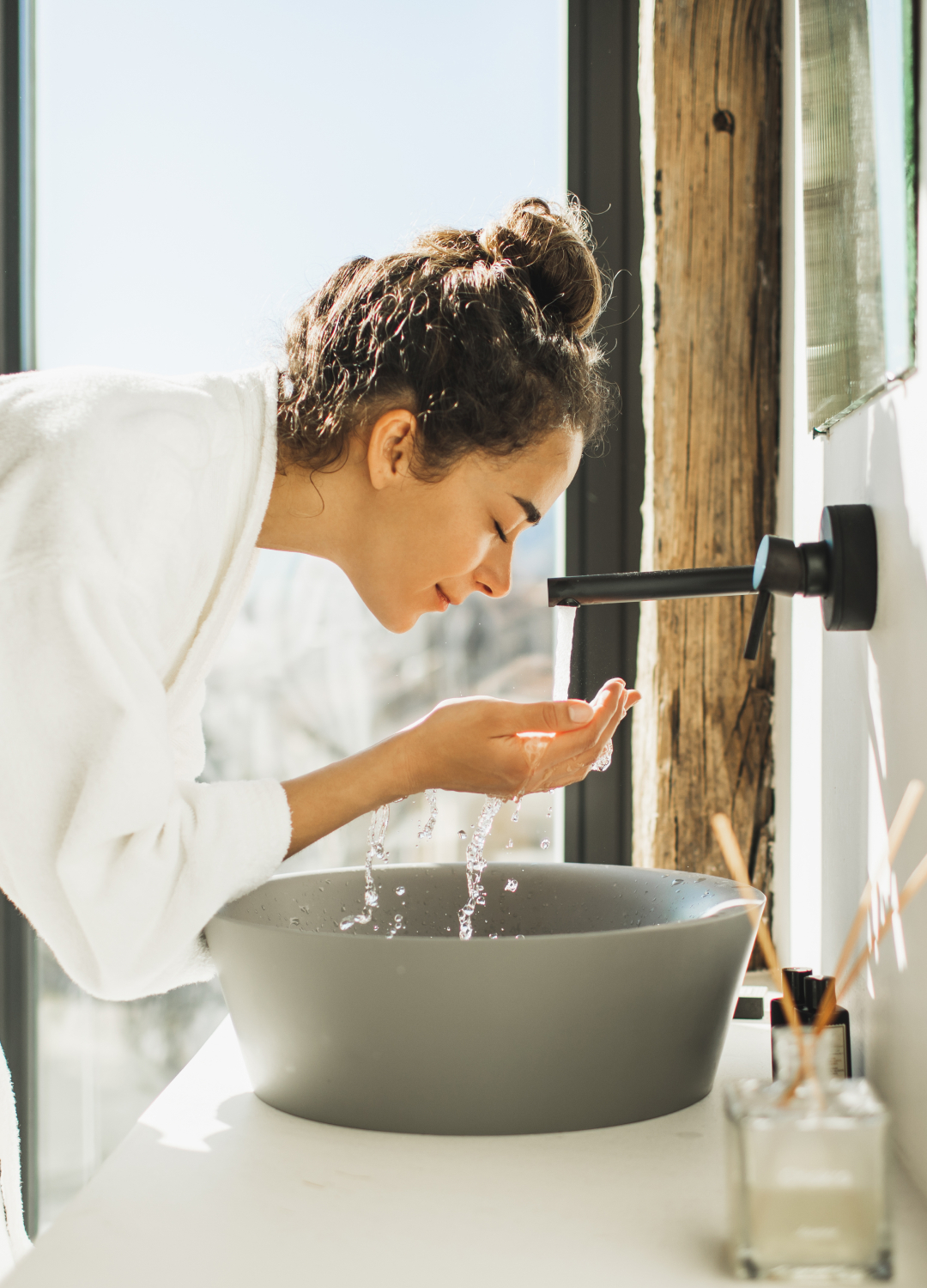
Post-facial routines have also become a big part of facial treatments to ensure results last at home. Dr Tiina Meder, a renowned cosmetic dermatologist, explains, "At Meder Beauty Science, we never leave skin naked after a treatment.
"Every facial ends with a microbiome-friendly finishing routine, and we send clients home with a 4-step regimen tailored for their skin - whether it’s acne recovery, menopausal dryness, age management, or even facial contouring. That’s how you keep clinic results lasting all month long."
Lauren is the former Deputy Digital Editor at woman&home and became a journalist mainly because she enjoys being nosy. With a background in features journalism, Lauren worked on the woman&home brand for four years before going freelance. Before woman&home Lauren worked across a variety of women's lifestyle titles, including GoodTo, Woman's Own, and Woman magazine.
You must confirm your public display name before commenting
Please logout and then login again, you will then be prompted to enter your display name.
